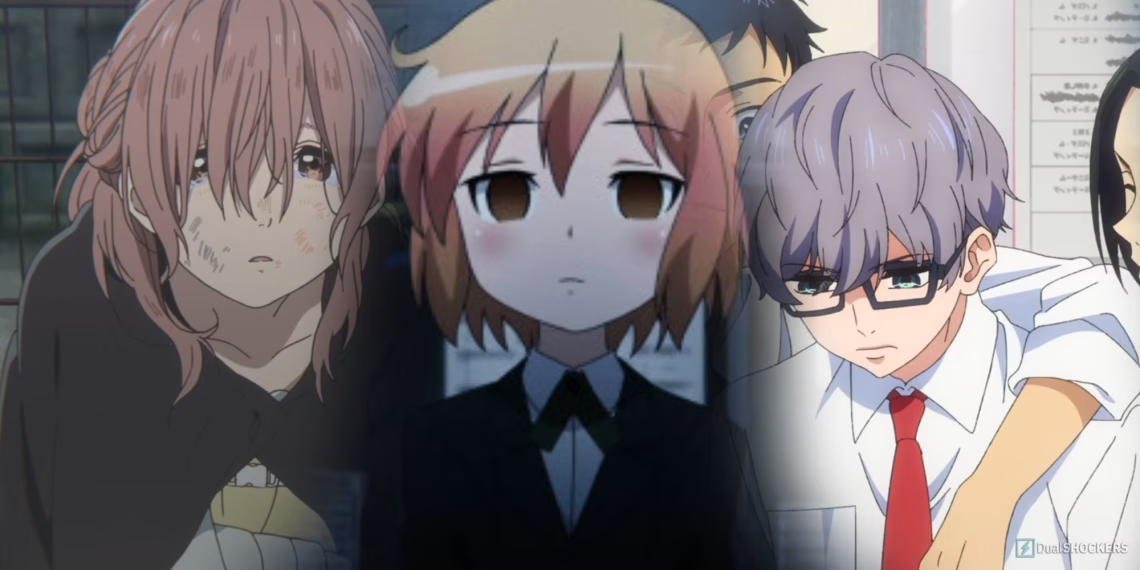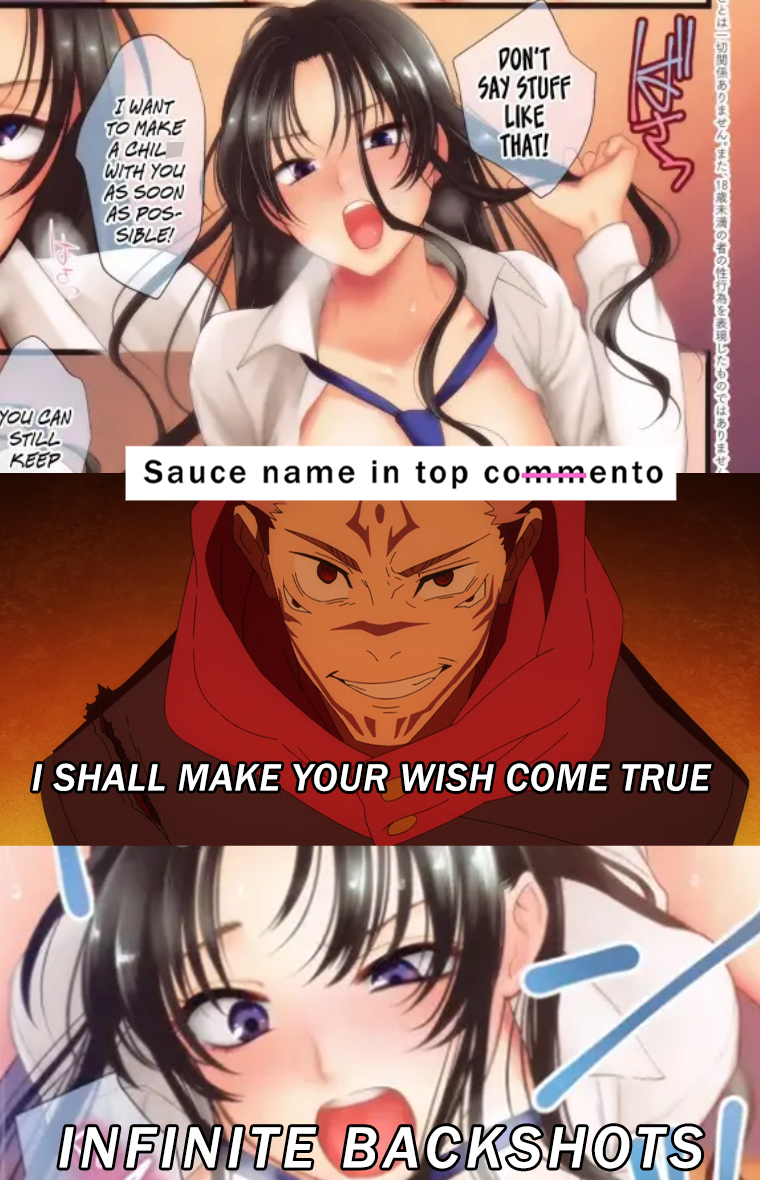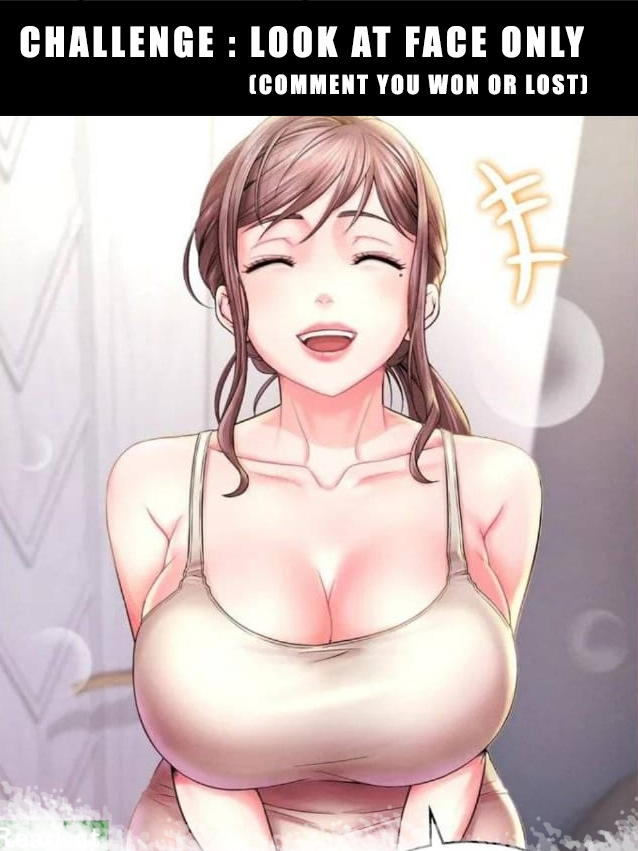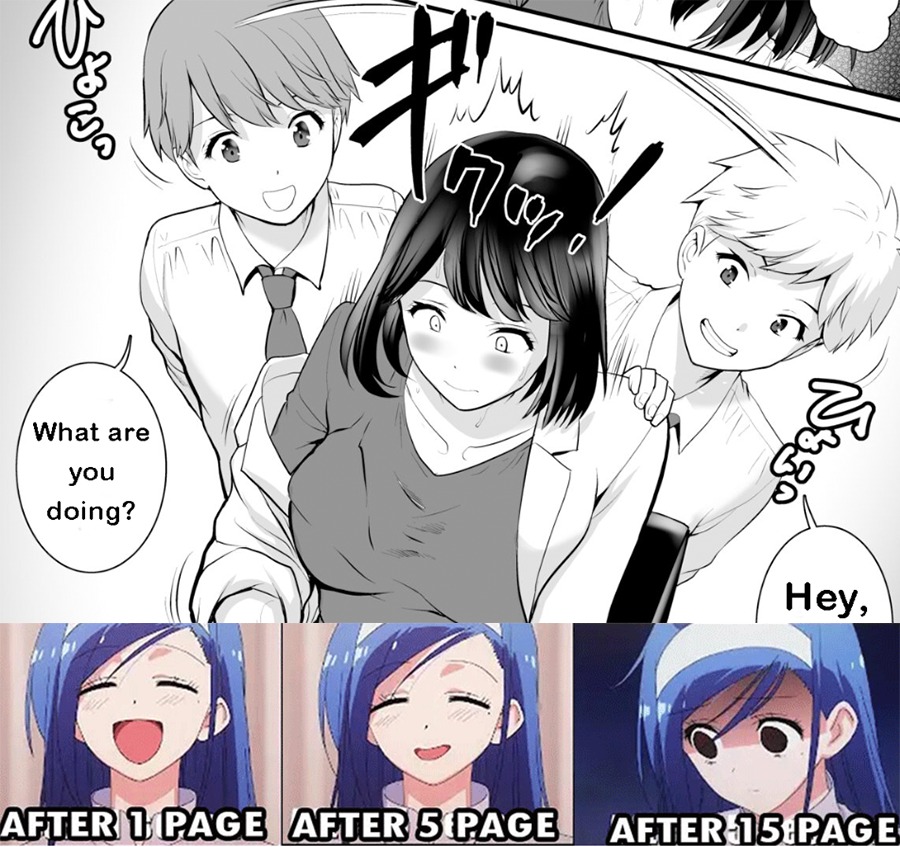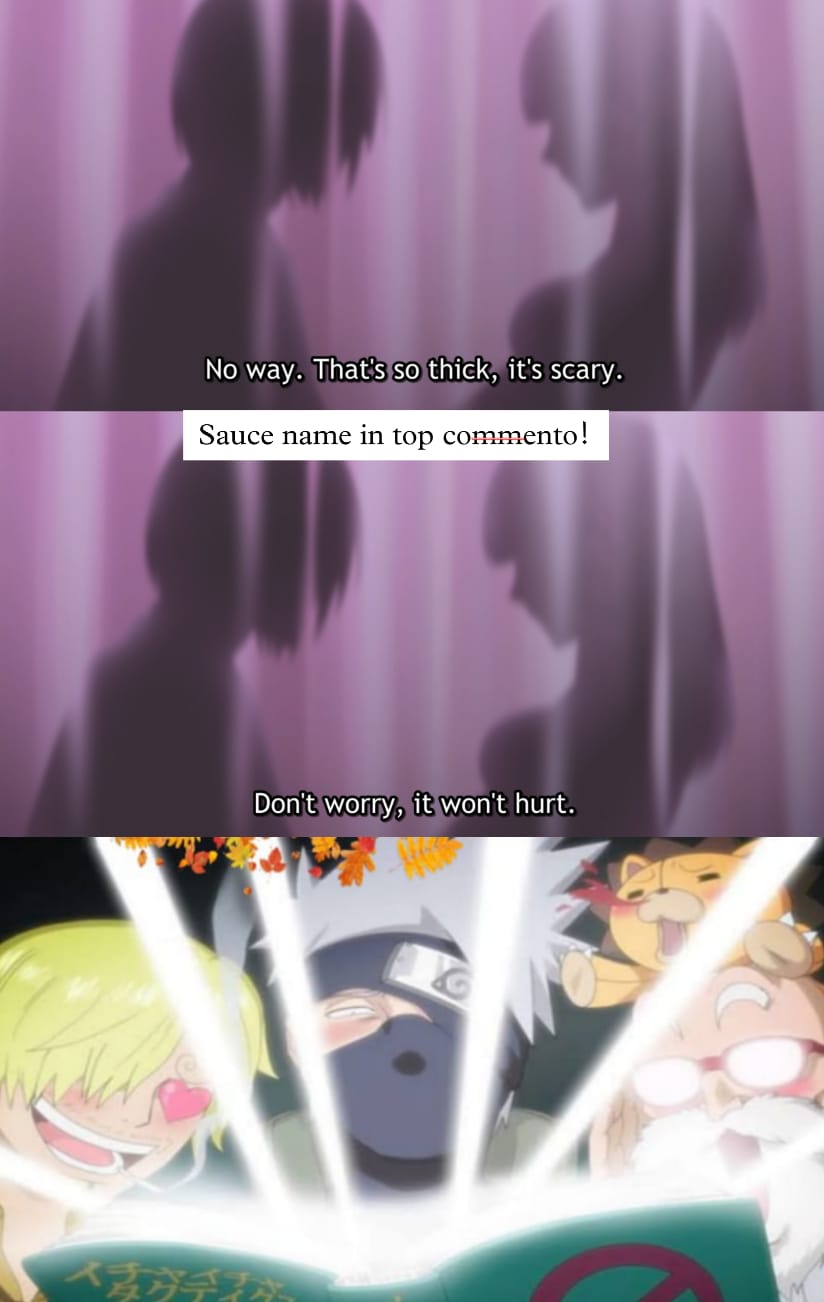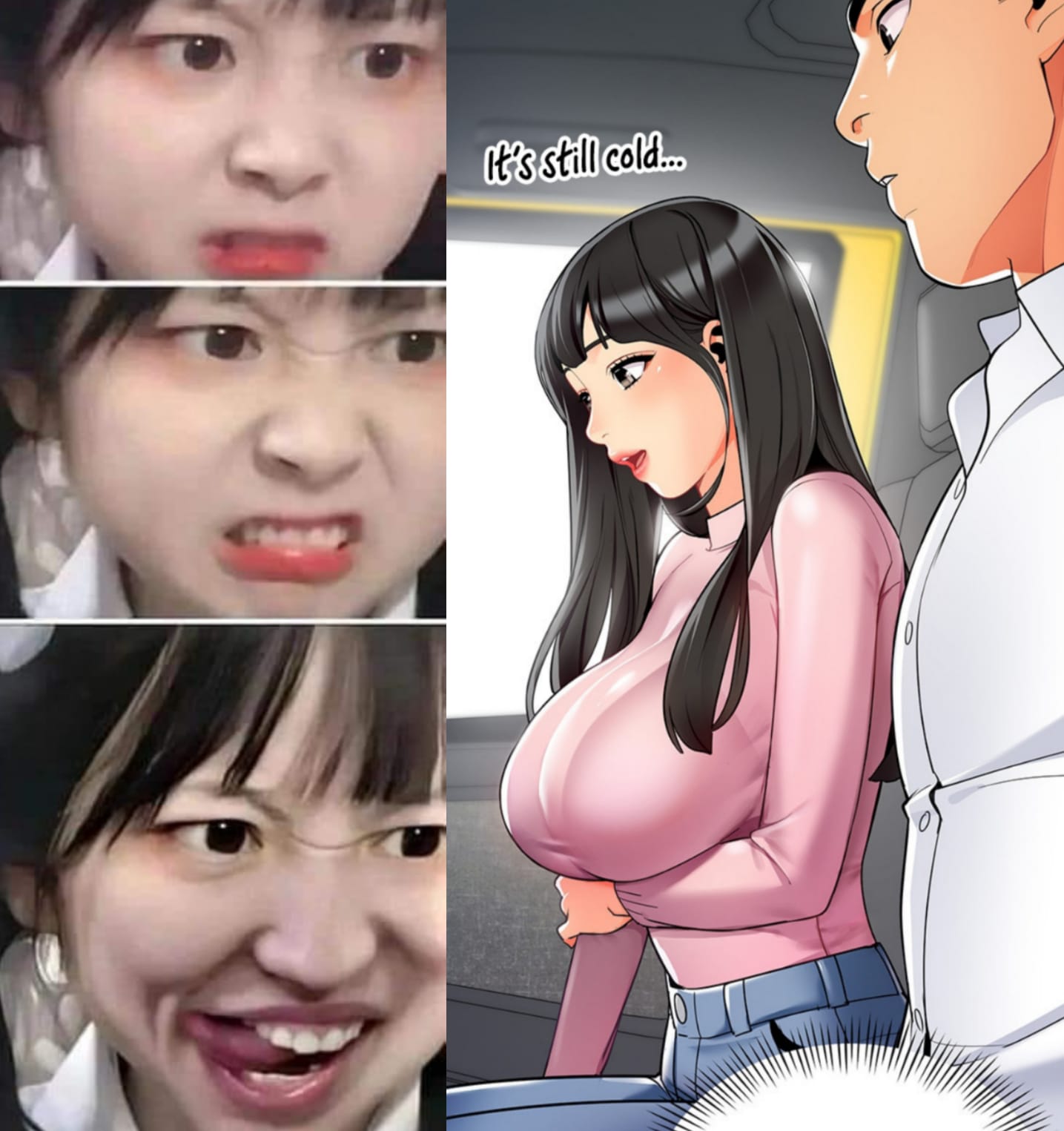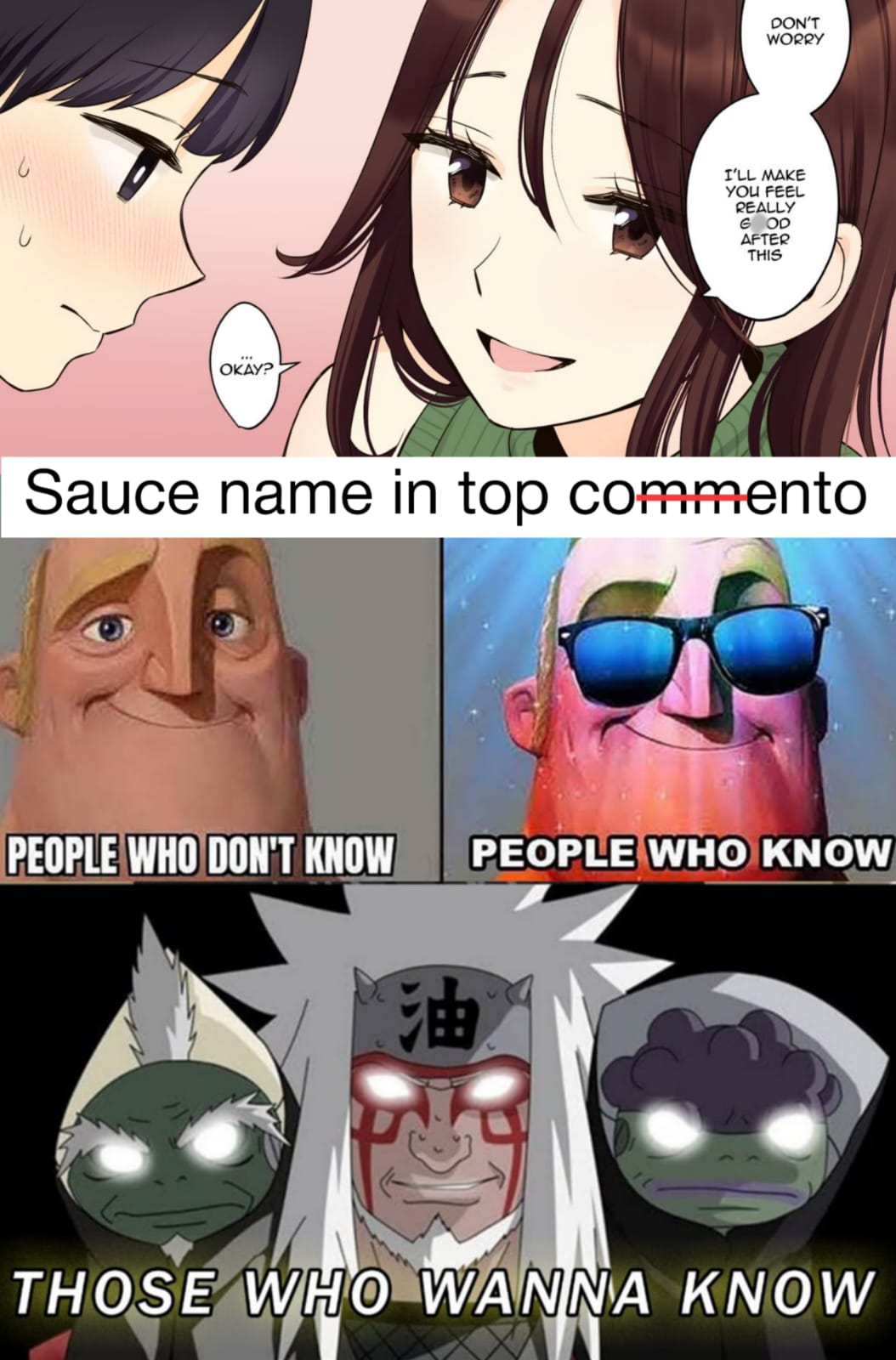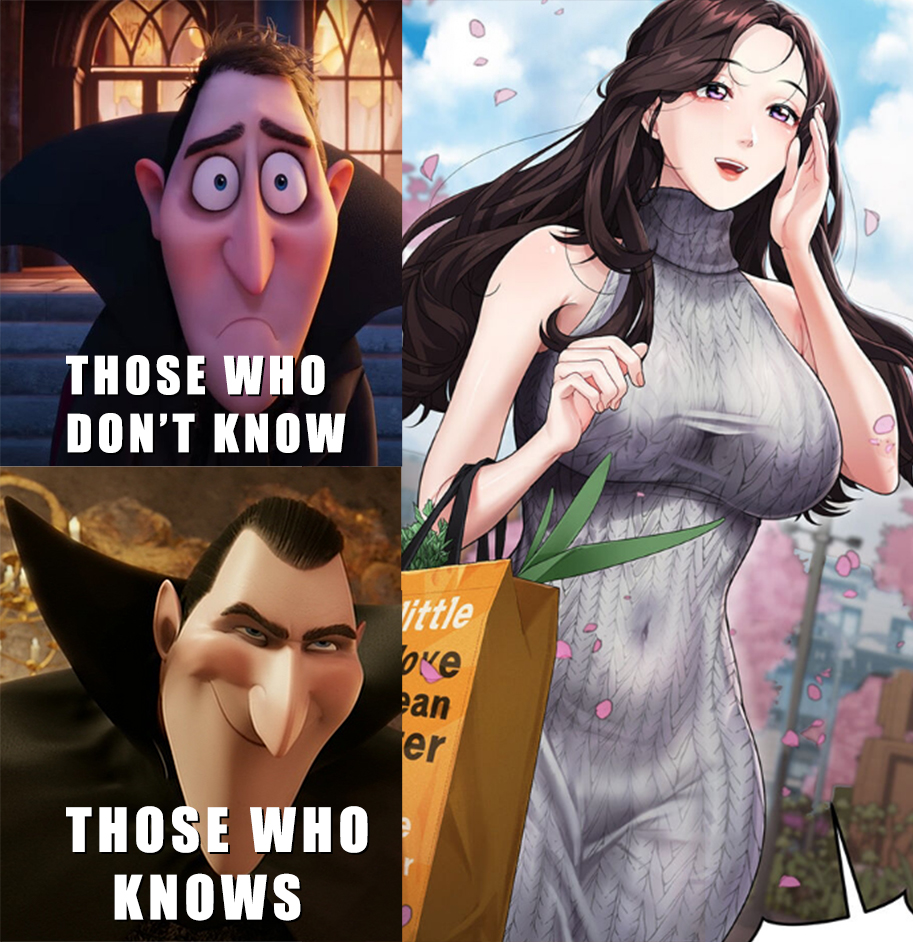Bullying remains a prevalent theme in anime, often depicted but still a sensitive topic. The way it’s portrayed can be tricky, yet when done well, it deserves recognition. These shows address significant youth issues, ones that even adults struggle with. However, few anime truly gets into bullying, making those that do especially valuable.
In the current Spring 2024 season, several anime tackle this subject. “Viral Hit” confronts bullying with intense and uncomfortable scenes.
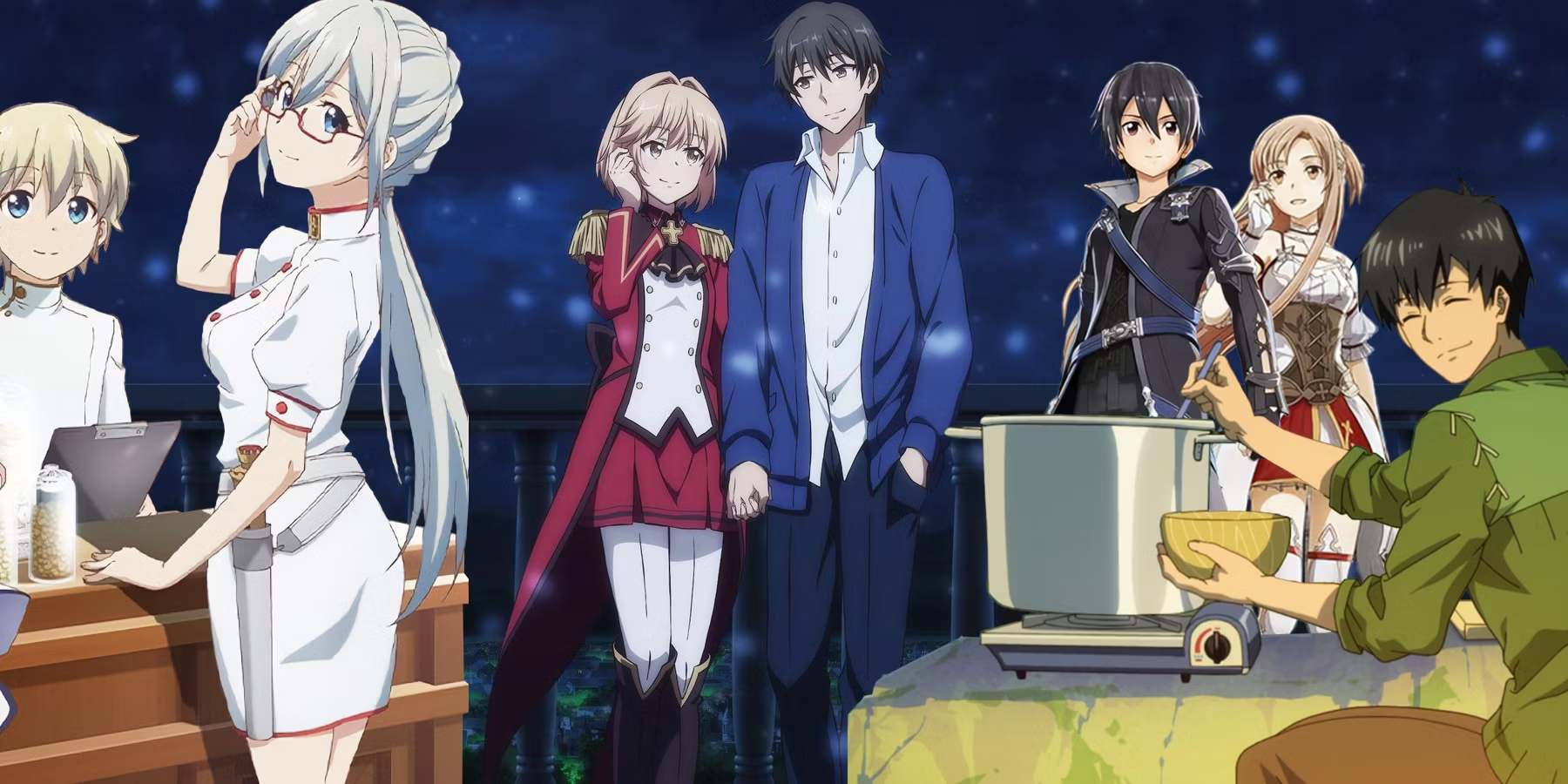
On the other hand, “Go! Go! Loser Ranger!” offers a unique take, where weaker characters become victims of the supposed heroes. “The Many Sides of Voice Actor Radio” and “Oshi no Ko” touch on online bullying. Even “Black Butler: Public School Arc” introduces a notable bully character.
While it’s too early to fully judge these series, they’re worth considering for anyone interested in stories about bullying. They highlight important issues and often deliver heartfelt narratives. As these shows continue to unfold, their impact on the anime will become clearer.
15. A Little Princess Sara

A Little Princess Sara may date back nearly four decades, but its timeless themes and poignant lessons continue to resonate today. Despite its classification as a children’s anime akin to morning cartoons, the series looks into heavy and relatable topics that remain relevant.
At the outset, Sara is portrayed as a wealthy, kind-hearted girl who enjoys favoritism. However, her life takes a drastic turn when news of her parents’ bankruptcy reaches the school principal. Suddenly, Sara finds herself thrust into adversity as attitudes towards her drastically shift.
The bullying Sara faces transcends mere taunts from insecure classmates; she becomes a target for mistreatment from adults as well. This unique form of bullying reflects a harsh reality where individuals are deemed worthless once they no longer serve a perceived utilitarian purpose.
A Little Princess Sara serves as a poignant reminder of the complexities of human relationships and the challenges individuals face in navigating societal expectations. Despite its age, the series remains a compelling exploration of resilience, empathy, and the enduring power of kindness in the face of adversity.
A Little Princess Sara, also known as “Shoukoujo Sara” or “A Little Princess,” is a classic anime series based on the novel “A Little Princess” by Frances Hodgson Burnett.
The anime adaptation was produced by Nippon Animation and first aired in Japan from 1985 to 1986. The series consists of 46 episodes and has been beloved by audiences around the world for its heartwarming story and memorable characters.
The story follows Sara Crewe, a young girl who is sent to a prestigious boarding school in London while her father, Captain Ralph Crewe, goes off to war. Sara is known for her kind heart and vivid imagination. She befriends her classmates and is admired by the headmistress, Miss Minchin, for her good manners and generosity.
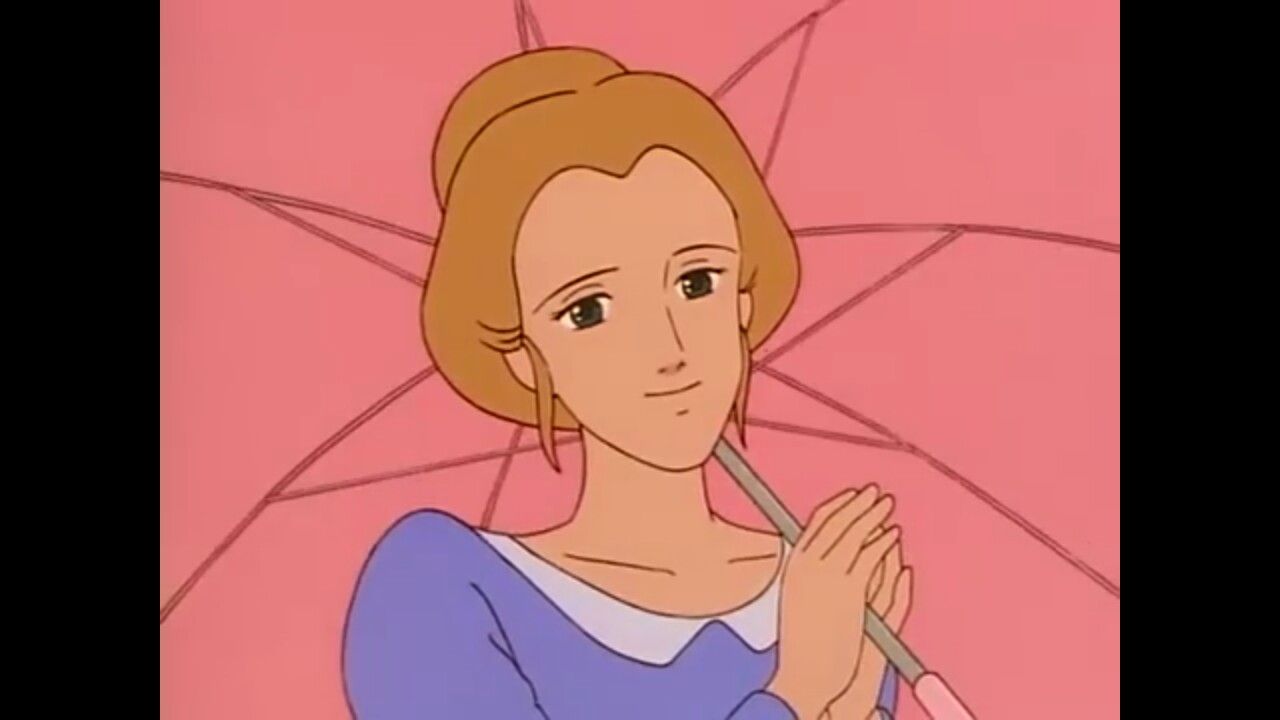
Sara’s life takes a drastic turn when she receives news that her father has died, leaving her penniless. Miss Minchin, who had previously treated Sara like a princess due to her wealth, now forces her to work as a servant at the school to pay off her debts. Despite her hardships, Sara remains resilient and retains her kindness and optimism.
The series explores themes of friendship, perseverance, and the power of imagination in the face of adversity. Sara’s unwavering spirit and ability to find joy in simple things inspire those around her, ultimately leading to a touching and uplifting narrative.
The animation style of A Little Princess Sara is typical of Nippon Animation’s work from the 1980s, characterized by detailed character designs and expressive animation. The backgrounds are richly illustrated, capturing the atmosphere of Victorian-era London.
“A Little Princess Sara” has received widespread acclaim for its emotional depth and well-crafted storytelling. The series has resonated with audiences of all ages and has been praised for its positive portrayal of the protagonist’s resilience in the face of adversity.
The anime’s enduring popularity has led to several adaptations and spin-offs over the years. It remains a beloved classic among fans of anime and literature alike, admired for its timeless themes and memorable characters. A Little Princess Sara is a touching and poignant anime series that masterfully adapts Frances Hodgson Burnett’s classic novel.
Through Sara’s journey of loss, hardship, and eventual triumph, the series explores profound themes with sensitivity and depth. Its enduring popularity is a testament to its universal appeal and its ability to resonate with viewers of all generations. If you enjoy heartfelt storytelling and compelling characters, “A Little Princess Sara” is a must-watch anime that continues to grab audiences with its enduring charm.
14. Oshi no Ko
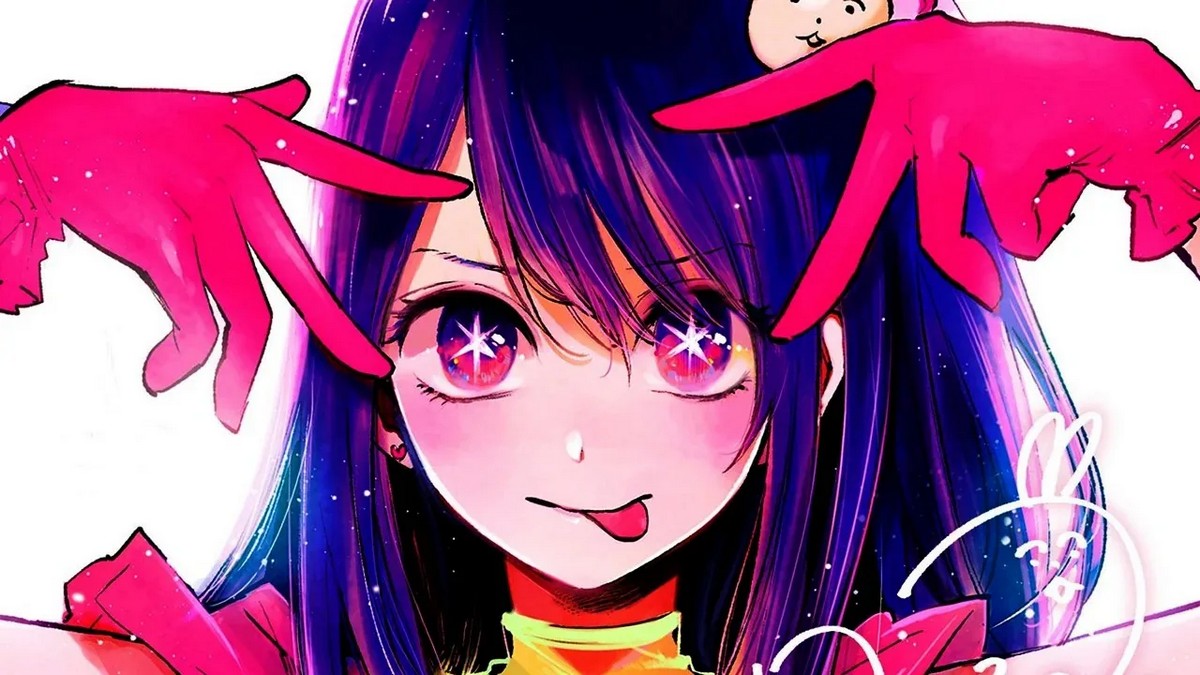
While Oshi no Ko may not fit the traditional mold of a recommendation for its portrayal of bullying, it deserves recognition for its exploration of Akane’s arc.
During a reality show filming, Akane is pressured to assert herself more, leading to an unintentional confrontation with another cast member. Unfortunately, her actions are manipulated through editing to appear deliberate, resulting in relentless online harassment and bullying—a disturbingly realistic outcome.
This storyline serves as a compelling reminder that bullying extends beyond traditional settings like classrooms. In today’s world, it can manifest in various contexts such as workplaces, sports teams, romantic relationships, and even within families.
Moreover, the prevalence of online forums and social media platforms has facilitated the proliferation of harassment, amplifying its impact and reach.
Despite its brief duration spanning only two episodes, Akane’s arc in Oshi no Ko stands out as a high point, shedding light on the darker aspects of the Japanese entertainment industry and the pervasive issue of cyberbullying.
It serves as a poignant reflection of the challenges individuals face in navigating the complexities of modern society, where the line between reality and perception is often blurred.
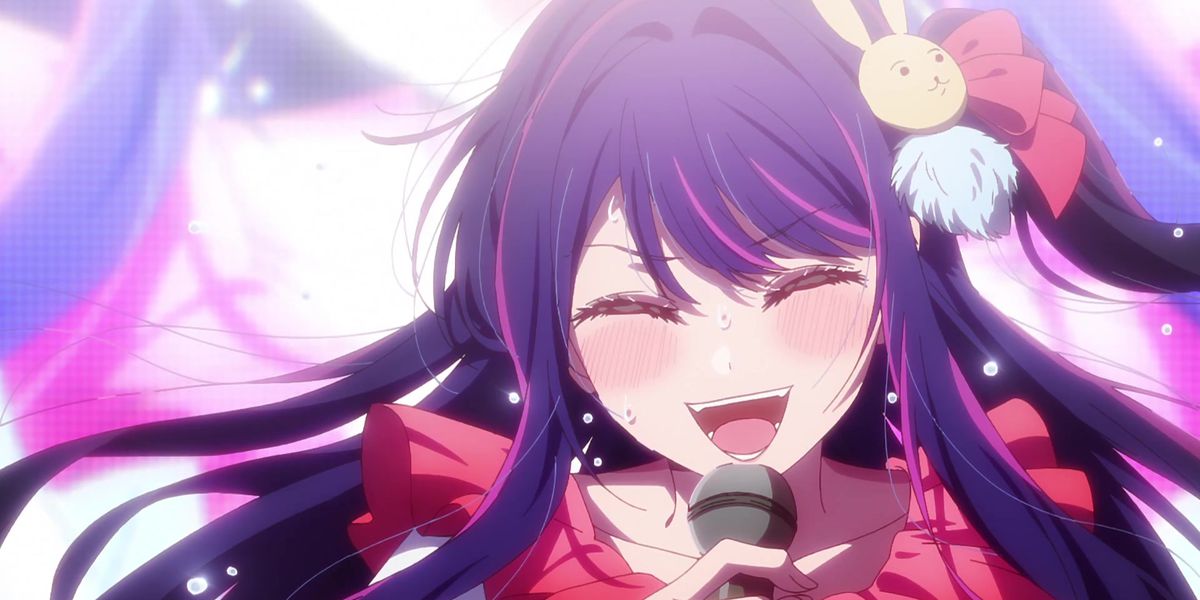
Oshi no Ko (推しの子), which translates to The Idols of a Mother, is a popular manga series written by Aka Akasaka (known for “Kaguya-sama: Love is War”) and illustrated by Mengo Yokoyari. Serialized in Weekly Young Jump magazine since 2020, this manga has gained significant attention for its unique premise, intriguing characters, and dramatic storytelling.
The story revolves around Ai Hoshino, a former idol who has mysteriously disappeared from the public eye. She resurfaces as a single mother with a young daughter named An.
An ex-idol fan named Akira Nonomiya becomes intrigued by Ai’s reappearance and her daughter. Akira discovers that An has an uncanny resemblance to Ai’s former idol persona, leading him to speculate about the true nature of their relationship.
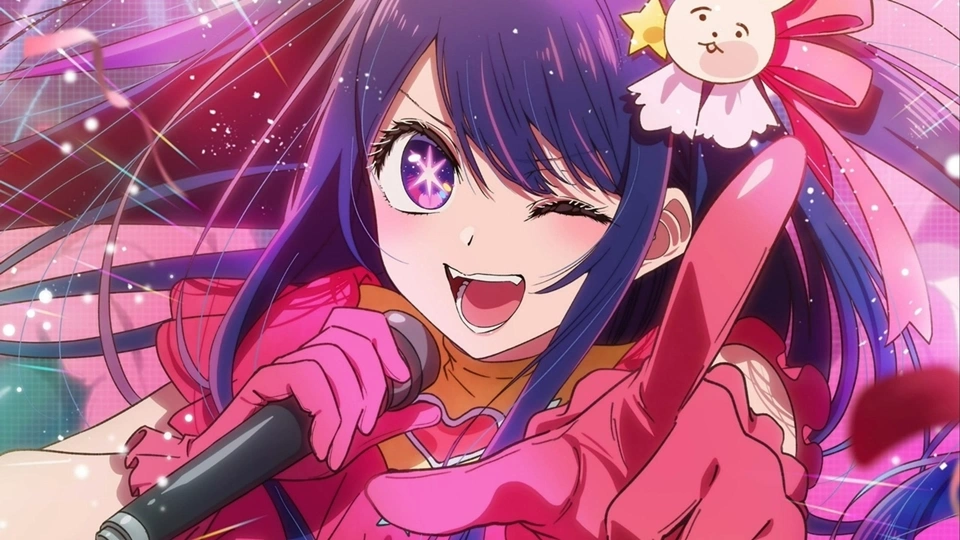
As Akira goes deeper into Ai’s past, he reveals dark secrets and conspiracies surrounding the idol industry. The manga skillfully navigates themes of identity, ambition, and the price of fame, while keeping readers guessing about the true origins of Ai and An.
Aka Akasaka’s artistic style shines through in “Oshi no Ko,” with meticulous character designs and expressive illustrations that capture the emotional depth of the story. The manga’s paneling and pacing enhance the suspenseful atmosphere, drawing readers into the complex web of relationships and motivations.
The characters in “Oshi no Ko” are multifaceted and dynamic. Ai Hoshino is portrayed as a compelling and enigmatic figure, balancing her public persona with her private struggles.
An, her daughter, is a key enigma, embodying both innocence and hidden complexity. Akira Nonomiya evolves from a curious observer to an invested protagonist, driven by a desire to uncover the truth behind Ai and An’s connection.
The manga explores profound themes such as the impact of stardom on personal lives, the commodification of identity, and the toll of societal expectations. Through Ai’s story, Akasaka crafts a poignant commentary on the illusions and sacrifices of the entertainment industry.
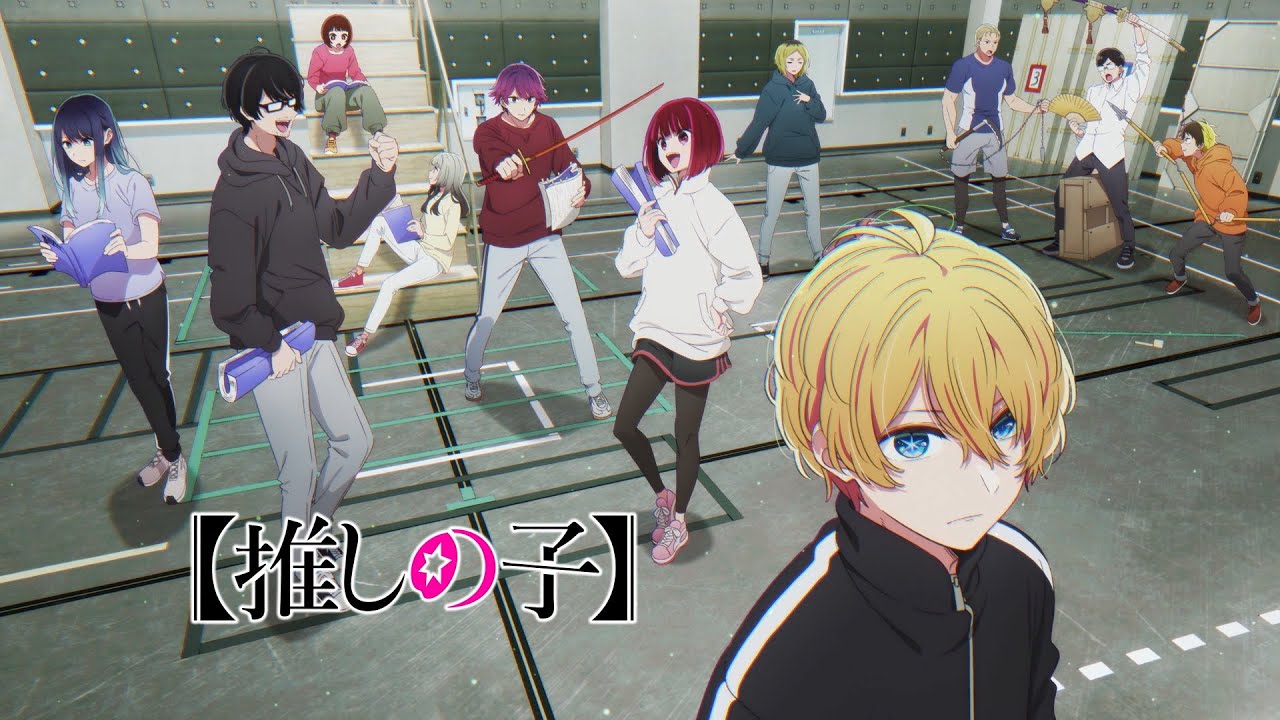
Oshi no Ko has garnered a positive reception from both critics and readers alike, praised for its narrative depth, intricate plot twists, and thematic richness. Fans appreciate its departure from conventional idol narratives, offering a darker and more introspective exploration of fame and identity.
While Oshi no Ko diverges significantly from Akasaka’s previous work in genre and tone, both series showcase the author’s skillful storytelling and character-driven approach. “Oshi no Ko” resonates with readers seeking a mature and thought-provoking narrative, distinct from the romantic comedy dynamics of “Kaguya-sama.”
Oshi no Ko stands out as a compelling addition to Aka Akasaka’s repertoire, demonstrating the author’s versatility and narrative prowess. With its intriguing premise, nuanced characters, and thematic depth, the manga promises an engaging and unforgettable journey into the complexities of fame, family, and self-discovery within the world of idols.
13. Dear Brother

Dear Brother presents a narrative akin to a high school adaptation of A Little Princess Sara, placing its protagonist, Nanako Misonoo, in a challenging environment at Seiran Academy, an all-girls school. Upon joining a sorority,
Nanako discovers herself in a social hierarchy dominated by wealthy and high-status members, where she is quickly marginalized and subjected to mistreatment. Nanako’s plight reflects the harsh realities of social dynamics, as she becomes a target for bullying due to her impoverished background and lack of popularity.
The series wastes no time in establishing its tone and central theme—a psychological drama centered around the struggles of a young girl grappling with bullying and societal pressures.
Dear Brother (Oniisama e…) is a classic shoujo manga series written and illustrated by Riyoko Ikeda, renowned for her iconic work “Rose of Versailles.” Originally serialized in the 1970s, “Dear Brother” explores themes of friendship, rivalry, and emotional turmoil within the context of an all-girls high school setting.
The story centers around Nanako Misonoo, a kind-hearted and naive girl who enters Seiran Academy, an elite school known for its strict social hierarchy and complex interpersonal relationships. Nanako becomes entangled in the lives of her classmates, particularly the enigmatic and troubled Rei Asaka, who becomes her “Dear Brother.”
As Nanako navigates the challenges of adolescence and school life, she uncovers the secrets and personal struggles of her peers. The narrative goes into themes of unrequited love, jealousy, and the emotional scars left by past traumas, all while Nanako grapples with her own evolving feelings and aspirations.
Riyoko Ikeda’s art style in “Dear Brother” is characterized by its elegance and emotional depth. The characters are beautifully drawn with expressive faces that convey a range of emotions, from vulnerability to determination. The intricate details of the school environment and character designs enhance the immersive quality of the storytelling.
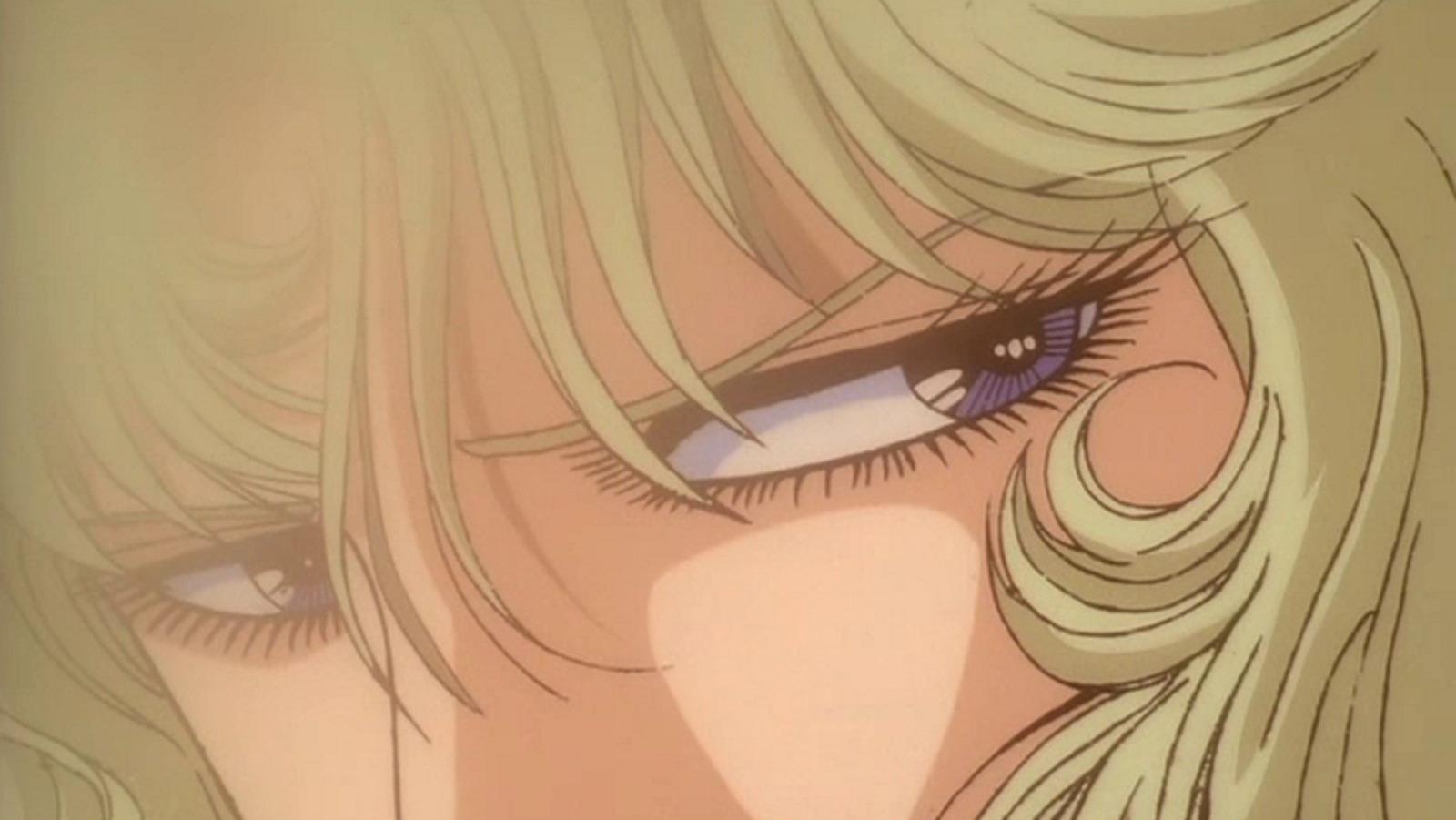
One of the manga’s strengths lies in its well-developed and complex characters. Nanako’s journey of self-discovery is interwoven with the stories of her classmates, each grappling with their own inner conflicts and desires. Rei Asaka, in particular, emerges as a compelling and tragic figure, haunted by her past and struggling to find solace amidst societal pressures.
Dear Brother explores themes of identity, femininity, and the quest for acceptance. The manga critiques the rigid social norms of an elite institution, exposing the vulnerabilities and hidden pains behind its facade of prestige. Through Nanako’s perspective, the story examines the complexities of female relationships and the transformative power of empathy.
Dear Brother is regarded as a seminal work in the shoujo genre, celebrated for its mature storytelling and nuanced character portrayals. The manga’s exploration of sensitive themes resonated with readers, inspiring subsequent works that go into similar themes of adolescence and emotional growth.
While Dear Brother differs from “Rose of Versailles” in setting and narrative focus, both works exemplify Riyoko Ikeda’s signature style of storytelling characterized by rich character development and societal critique. “Dear Brother” stands out for its intimate portrayal of female relationships and the intricacies of teenage angst.
Dear Brother is a poignant and thought-provoking manga that continues to grab audiences with its timeless exploration of youth, friendship, and the search for identity.
Riyoko Ikeda’s masterful storytelling and evocative artwork raise the genre, leaving a lasting impression on readers who appreciate the emotional depth and complexity of human relationships portrayed in this classic shoujo masterpiece.
12. Eyeshield 21

Eyeshield 21 presents a narrative reminiscent of Makunouchi Ippo’s journey in Hajime no Ippo, particularly in the case of its protagonist, Sena Kobayakawa. Sena, a small and timid individual, endures constant bullying and adopts a strategy of evading his tormentors to survive school.
Interestingly, this practice inadvertently hones his skills in dodging and evasive maneuvers, attributes that prove invaluable when he discovers his talent for American Football.
Scouted for his exceptional abilities, Sena swiftly rises to become the MVP of his school’s varsity team. His transformation not only inspires his former bullies to better themselves but also earns him accolades for his resilience and determination. The anime commendably showcases how Sena’s experiences of adversity ultimately contribute to his growth and success.
Moreover, Eyeshield 21 is laudable for its portrayal of how the American Football team embraces individuals with unique skills, providing them with a sense of belonging and acceptance that they may not find elsewhere. This celebration of diversity and inclusion sets the series apart, offering a heartwarming portrayal of camaraderie and personal development within the sports.
Eyeshield 21 is a thrilling sports manga series written by Riichiro Inagaki and illustrated by Yusuke Murata. Serialized in Weekly Shonen Jump from 2002 to 2009, the series follows the journey of Sena Kobayakawa, a timid high school student who discovers his talent for American football, becoming the legendary running back known as “Eyeshield 21.”
The story begins with Sena Kobayakawa, a small and timid boy who has spent most of his life being bullied. When he enters Deimon High School, he is recruited by the devilishly clever Yoichi Hiruma, who sees Sena’s incredible speed as the key to forming Deimon’s American football team. To keep his identity a secret, Sena adopts the alias “Eyeshield 21” and becomes the team’s star running back.
As Sena and the Deimon Devil Bats strive to compete in the highly competitive world of high school football, they face off against a series of formidable opponents, each with their own unique skills and strategies. Along the way, Sena forms deep bonds with his teammates, including the massive lineman Kurita and the hot-headed but fiercely loyal linebacker, Raimon “Monta” Taro.

Yusuke Murata’s artwork in “Eyeshield 21” is dynamic and visually stunning, particularly during the intense football matches. Murata’s ability to capture motion and action lends excitement to every play, from Sena’s lightning-fast sprints to the bone-crushing tackles of his adversaries. The character designs are diverse and memorable, reflecting each player’s distinctive personality and playing style.
One of the manga’s strengths is its focus on character growth and camaraderie. Sena evolves from a timid underdog into a confident and inspirational leader, supported by a colorful cast of teammates who each undergo their own personal transformations. The relationships and rivalries between characters drive the emotional core of the story, adding depth and resonance to the high-stakes football matches.
At its core, “Eyeshield 21” is about perseverance, teamwork, and the pursuit of excellence. The manga explores themes of determination, friendship, and self-discovery through the lens of competitive sports. Each match serves as a test of the characters’ resolve and resilience, highlighting the value of hard work and discipline in achieving one’s goals.
“Eyeshield 21” received widespread acclaim for its compelling story, exhilarating sports action, and well-developed characters. It was praised for its accurate depiction of American football and its ability to engage readers who may not have been familiar with the sport. The series’ popularity led to multiple video game adaptations and an anime adaptation produced by Studio Gallop.
While “Eyeshield 21” shares thematic similarities with other sports manga such as “Slam Dunk” and “Haikyuu!!,” it distinguishes itself through its focus on American football, strategic gameplay, and the growth of its protagonist from an underdog to a formidable athlete. The series stands out for its blend of sports drama, humor, and exhilarating action sequences.
Eyeshield 21 is a must-read for fans of sports manga, offering a compelling narrative, memorable characters, and adrenaline-pumping football matches. Riichiro Inagaki’s storytelling combined with Yusuke Murata’s dynamic artwork creates an immersive and entertaining experience that resonates with readers of all ages, celebrating the spirit of teamwork, determination, and the thrill of the game.
11. Naruto

Before rising to become the formidable ninja of Konoha that we know, Naruto Uzumaki endured a tumultuous childhood marked by hardship and isolation.
As an orphan harboring a powerful demon within him capable of cataclysmic destruction, Naruto faced ostracization from his community, leaving him with few, if any, friends and subjected to the cruel indifference of his fellow villagers.
The ostracization Naruto experiences is a form of bullying that takes a toll on his emotional well-being throughout the series. Despite the adversity he faces, Naruto’s resilience and inner strength shine through, ultimately propelling him towards his destiny as a powerful ninja.
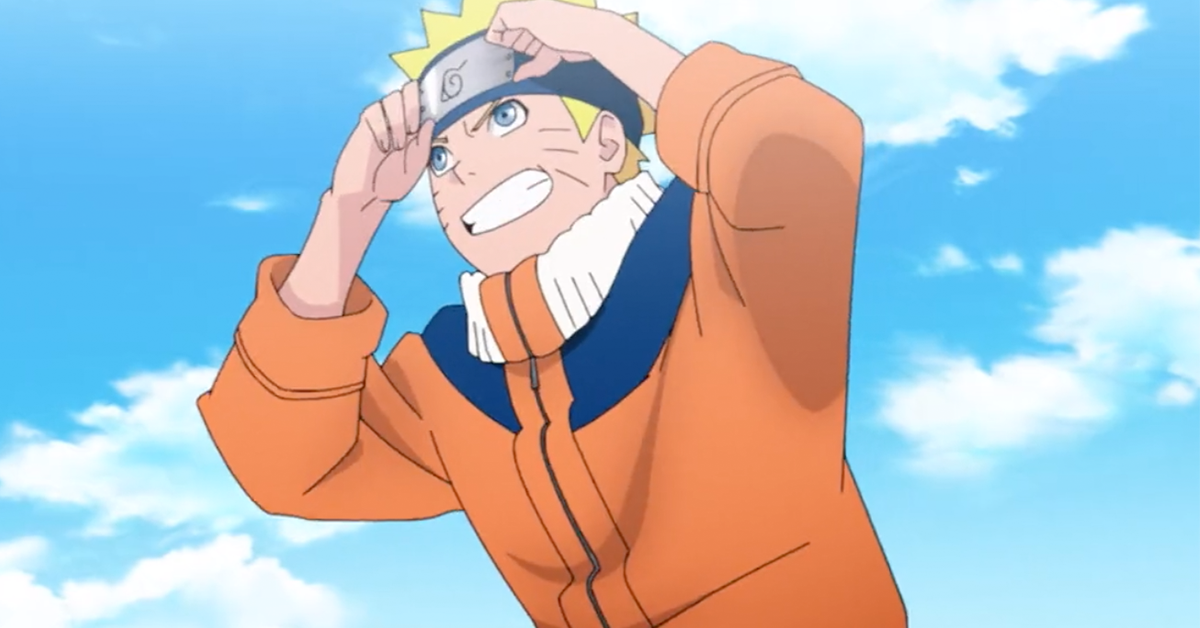
While Naruto’s struggles may fade into the background as he matures into a symbol of strength and determination, it’s essential to remember the challenges he overcame in his formative years.
His journey from outcast to hero serves as a testament to the power of perseverance and emotional intelligence, inspiring audiences with his unwavering resolve.
Indeed, Naruto’s growth and eventual recognition in Boruto serve as a satisfying testament to his journey, highlighting the transformative impact of his experiences and the triumph of his character.
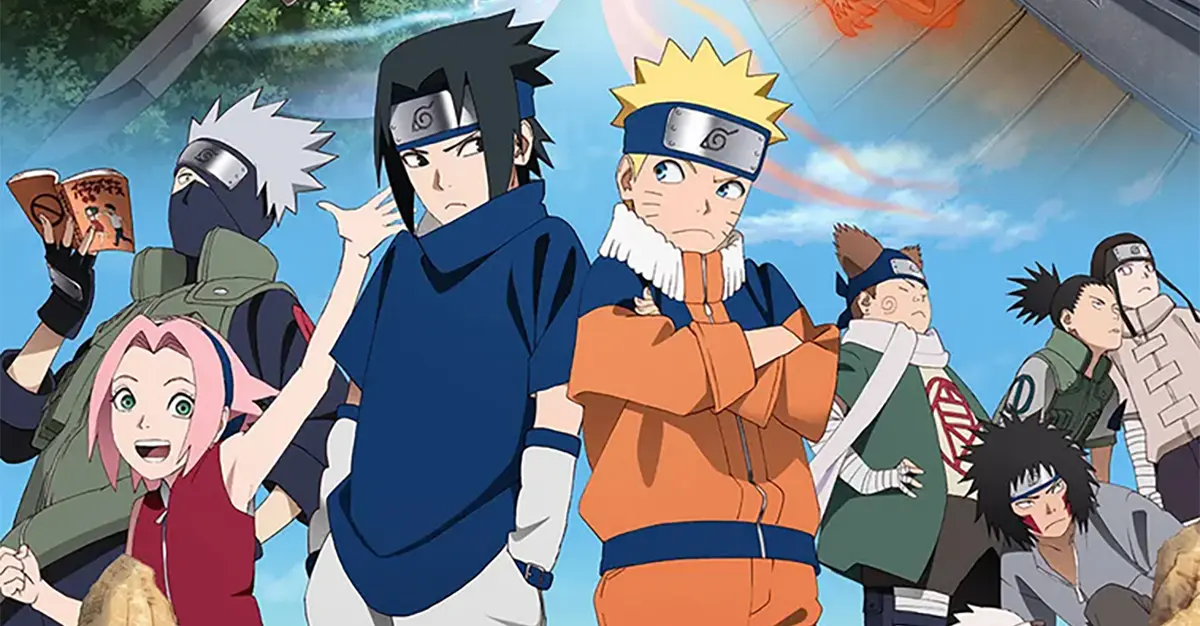
Naruto is a globally renowned Japanese manga and anime series created by Masashi Kishimoto. It originally ran from 1999 to 2014 and has left an indelible mark on pop culture, influencing subsequent generations of manga and anime creators.
Naruto Uzumaki is an orphaned ninja who grew up ostracized by the villagers due to the presence of the Nine-Tails Fox spirit sealed within him. Despite this, Naruto is determined to become the Hokage, the leader of his village. Throughout the series, Naruto faces various challenges and battles, makes friends, and reveals the mysteries of his past.
The story begins with Naruto as a mischievous and energetic young ninja studying at the Ninja Academy. He is placed in Team 7 alongside Sasuke Uchiha, a talented yet brooding young ninja from a prestigious clan, and Sakura Haruno, who initially has a crush on Sasuke. Their sensei, Kakashi Hatake, guides them through various missions and challenges.
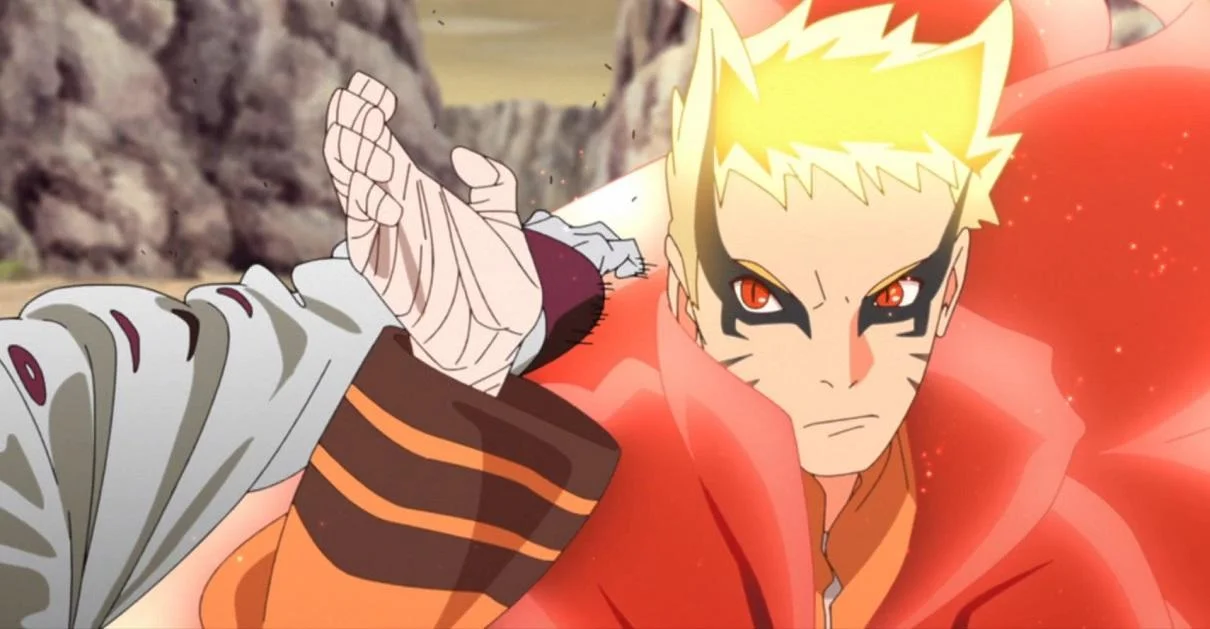
As the series progresses, Naruto and his friends encounter powerful enemies and participate in the Chunin Exams, a prestigious ninja tournament. The story goes deep into themes of friendship, perseverance, and the consequences of one’s actions.
Naruto explores several significant themes such as friendship, perseverance, and the pursuit of one’s dreams. The characters undergo profound growth throughout the series, grappling with personal traumas, self-discovery, and the complex interplay between duty and personal desire. Naruto’s journey, in particular, is a testament to resilience and the transformative power of determination.
Set in a world of ninjas, Naruto features clans, techniques, and battles. Ninjas utilize chakra—a form of energy derived from spiritual and physical energy—to perform jutsu (techniques) ranging from elemental manipulation to illusionary arts. Kishimoto crafted an intricate system of abilities, each with its unique strengths and weaknesses.

Following the conclusion of the original series, “Naruto: Shippuden” continues Naruto’s journey as a young adult. This sequel goes deeper into the complex relationships among characters and explores darker themes. The Akatsuki, a group of rogue ninjas seeking to harness tailed beasts’ power, emerges as a formidable antagonist.
Naruto has garnered immense popularity globally due to its compelling characters, intricate plot, and breathtaking action sequences. It has spawned movies, video games, novels, and a sequel series, “Boruto: Naruto Next Generations,” which focuses on Naruto’s son, Boruto Uzumaki.
Beyond entertainment, “Naruto” has inspired countless fans with its messages of resilience and friendship. Its impact on popular culture extends to fashion, music, and other media, cementing its status as one of the most influential manga and anime of its generation.
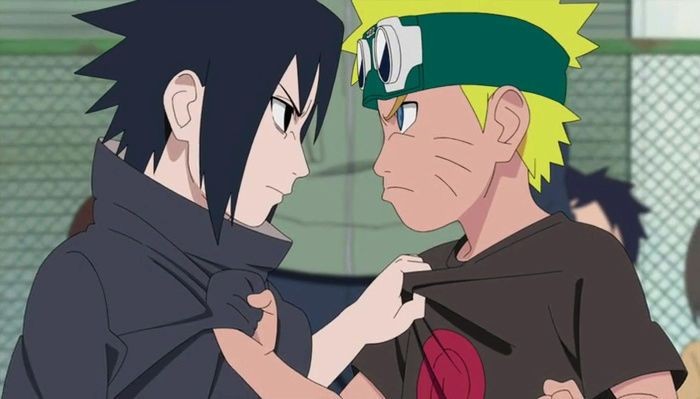
While Naruto received widespread acclaim, some viewers noted pacing issues in both the manga and anime adaptations. Certain story arcs were criticized for excessive filler episodes that disrupted the main narrative’s flow. However, these shortcomings did not overshadow the series’ impact and enduring appeal.
Naruto is a transformative work that transcends the boundaries of traditional manga and anime. It continues to resonate with audiences worldwide, leaving an indelible legacy in the realms of storytelling and pop culture.
10. Fruits Basket
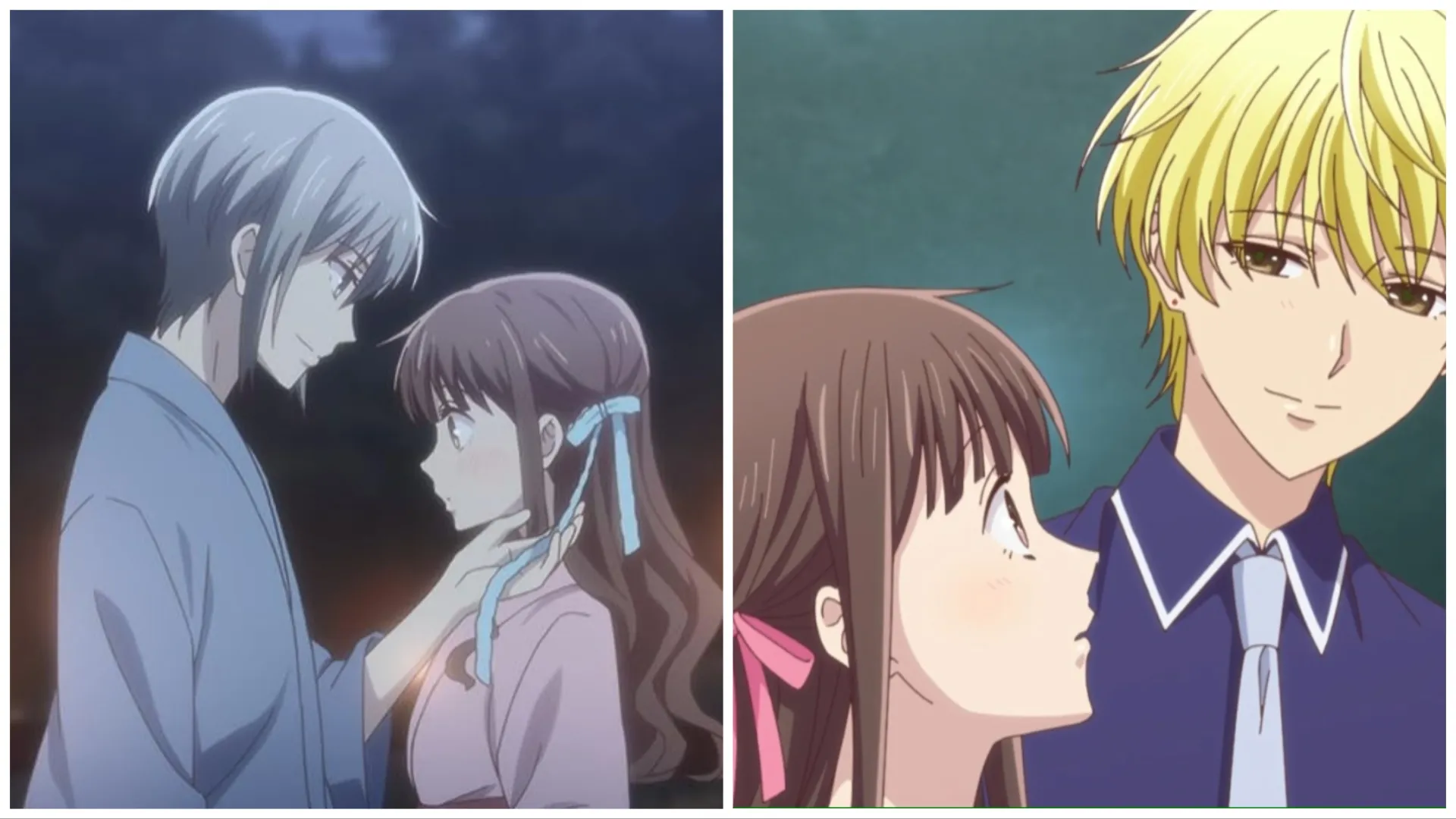
Fruits Basket stands out for its remarkable ability to traverse a wide spectrum of emotions, themes, and genres with masterful precision. Bullying serves as a central subject within the manga, intricately woven into its narrative and even reflected in its title, which alludes to an innocent school game that symbolizes Tohru’s childhood isolation.
The series goes beyond traditional portrayals of bullying, going into various forms of harmful relationships that extend beyond school dynamics.
Perhaps most infuriating is Akito’s manipulation of the other zodiac members, particularly his toxic relationship with Yuki. Additionally, characters like Saki Hanajima have their backstories shaped by experiences of bullying, highlighting the lasting impact it can have on individuals.
The portrayal of the Yuki’s Fan Club’s obsessive behavior also underscores the theme of harassment, as they relentlessly pursue their idol without regard for his boundaries or well-being.
Through its multifaceted exploration of bullying and its effects on individuals and relationships, Fruits Basket offers a poignant reflection on the complexities of human interaction and the enduring impact of emotional trauma.
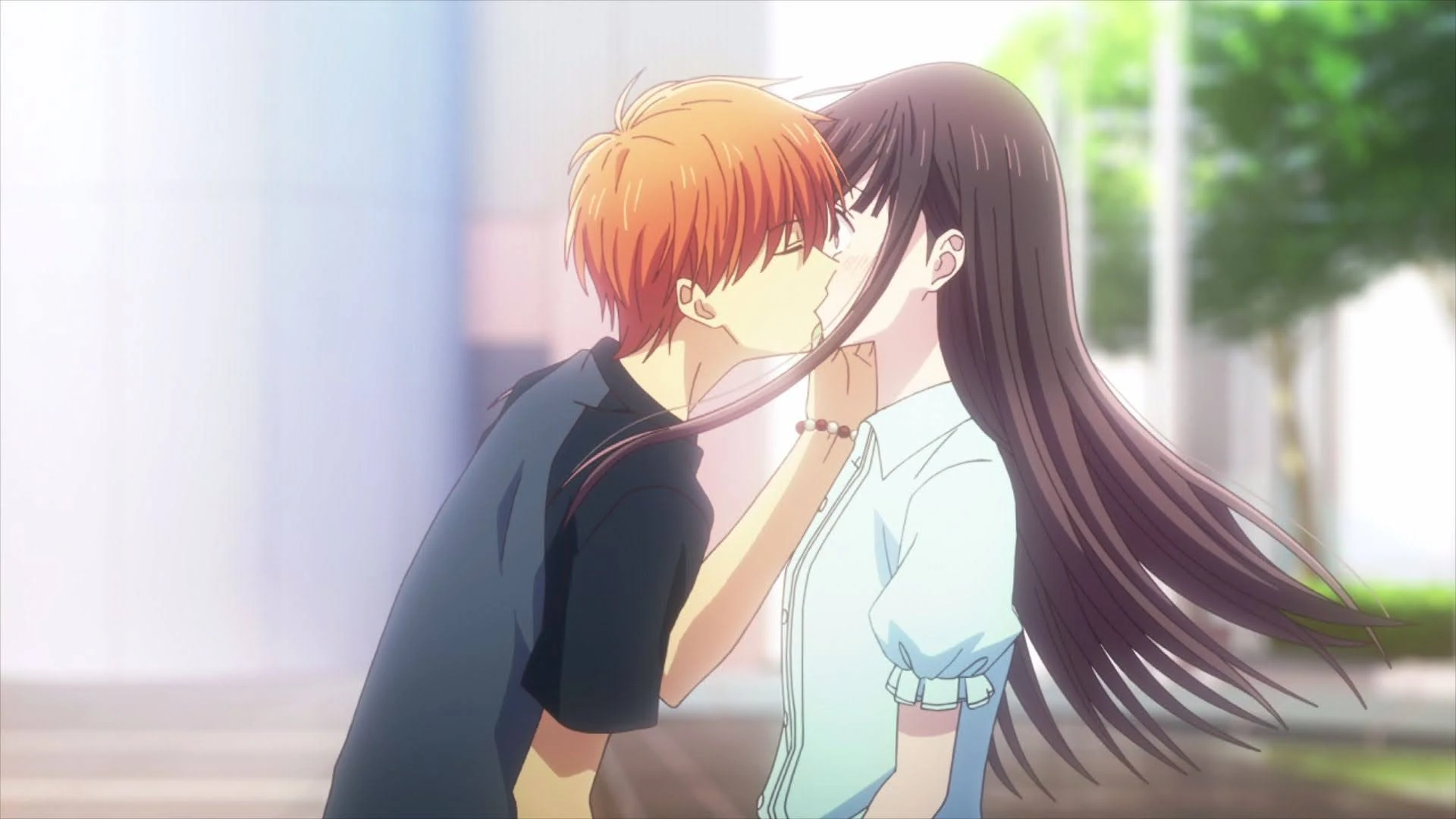
Fruits Basket is a beloved Japanese manga and anime series that has captured the hearts of audiences around the world with its poignant storytelling and compelling characters. Originally created by Natsuki Takaya, the series was first serialized in 1998 and later adapted into a 2001 anime series and a more recent 2019 reboot.
The story follows a high school girl named Tohru Honda, who, after a series of unfortunate events, ends up living with the enigmatic Sohma family.
Tohru discovers a powerful secret about the Sohma family: certain members are cursed to transform into animals of the Chinese zodiac when hugged by someone of the opposite sex. Each member is possessed by a zodiac spirit, with characters representing different animals from the zodiac cycle.
Tohru becomes intertwined with the lives of the Sohma family members, including the charismatic but troubled Yuki Sohma, the brash Kyo Sohma, and the mysterious Shigure Sohma.
As she goes deeper into their world, Tohru learns about the dark history behind the curse, the emotional scars it has left on the Sohma family, and the intricate relationships that bind them together.

One of the central themes of “Fruits Basket” is the impact of emotional trauma and family dynamics on personal growth and relationships. Each character grapples with their own internal struggles stemming from the curse and their past experiences. The series beautifully explores themes of acceptance, forgiveness, and the importance of genuine connections.
The strength of “Fruits Basket” lies in its richly developed characters. Tohru is a kind-hearted and empathetic protagonist who serves as a catalyst for healing within the Sohma family. Yuki, the “rat” of the zodiac, is reserved and struggles with self-worth due to his troubled upbringing. Kyo, the “cat,” is fiery and harbors deep-seated resentment towards the curse and his own identity.
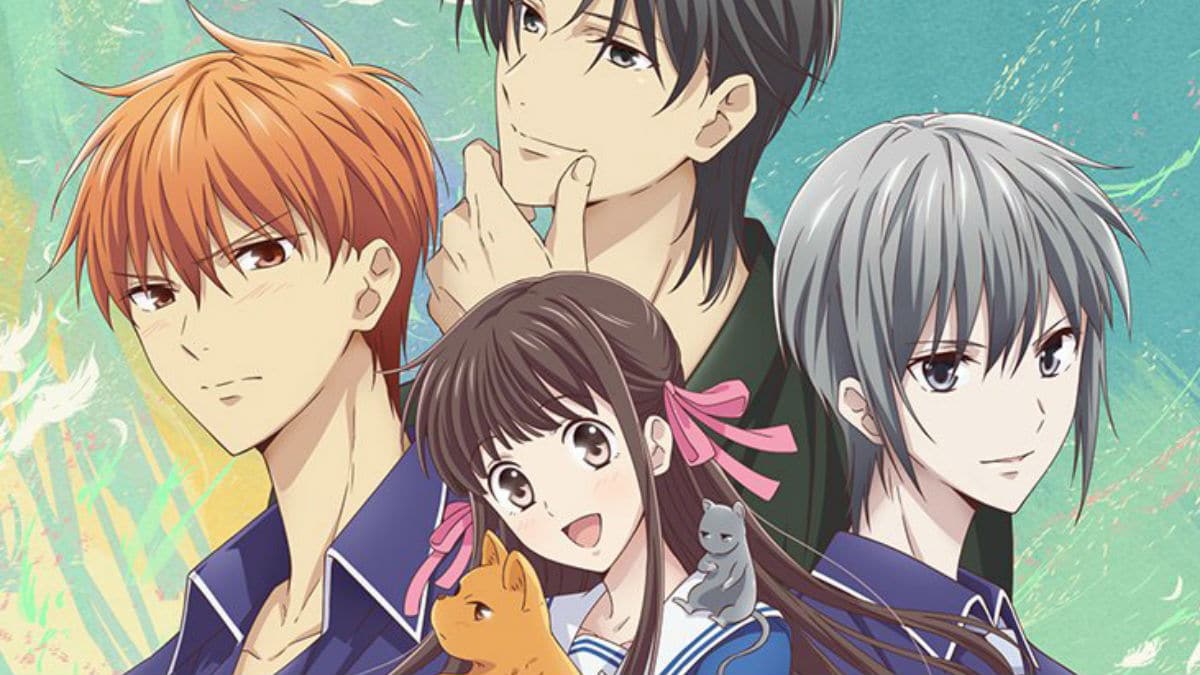
Other notable characters include Shigure, the laid-back and manipulative cousin of Yuki and Kyo, and the various zodiac members such as Hatsuharu (the ox), Kagura (the boar), and Hatori (the dragon), each with their own unique struggles and personalities.
The art style of the manga, created by Natsuki Takaya, is expressive and emotive, capturing the complexities of the characters’ emotions. The anime adaptation, particularly the 2019 version, showcases beautiful animation and character designs that bring the world of “Fruits Basket” to life.
Fruits Basket has received widespread acclaim for its storytelling and character development. It has resonated with audiences for its exploration of deep emotional themes and its ability to blend drama, romance, and humor seamlessly. The series has also been lauded for its positive portrayal of mental health issues and its emphasis on personal growth and healing.
The 2019 anime adaptation in particular has introduced a new generation of fans to the series, receiving praise for its faithfulness to the source material and its stunning visuals.
Fruits Basket is a timeless tale that continues to grab audiences with its heartwarming narrative and memorable characters. Whether you’re a fan of manga, or anime, or simply enjoy stories about personal growth and human connection;
Fruits Basket offers a compelling and emotionally resonant experience that is well worth exploring. It’s a series that reminds us of the transformative power of empathy, friendship, and unconditional love.
9. March Comes In Like A Lion
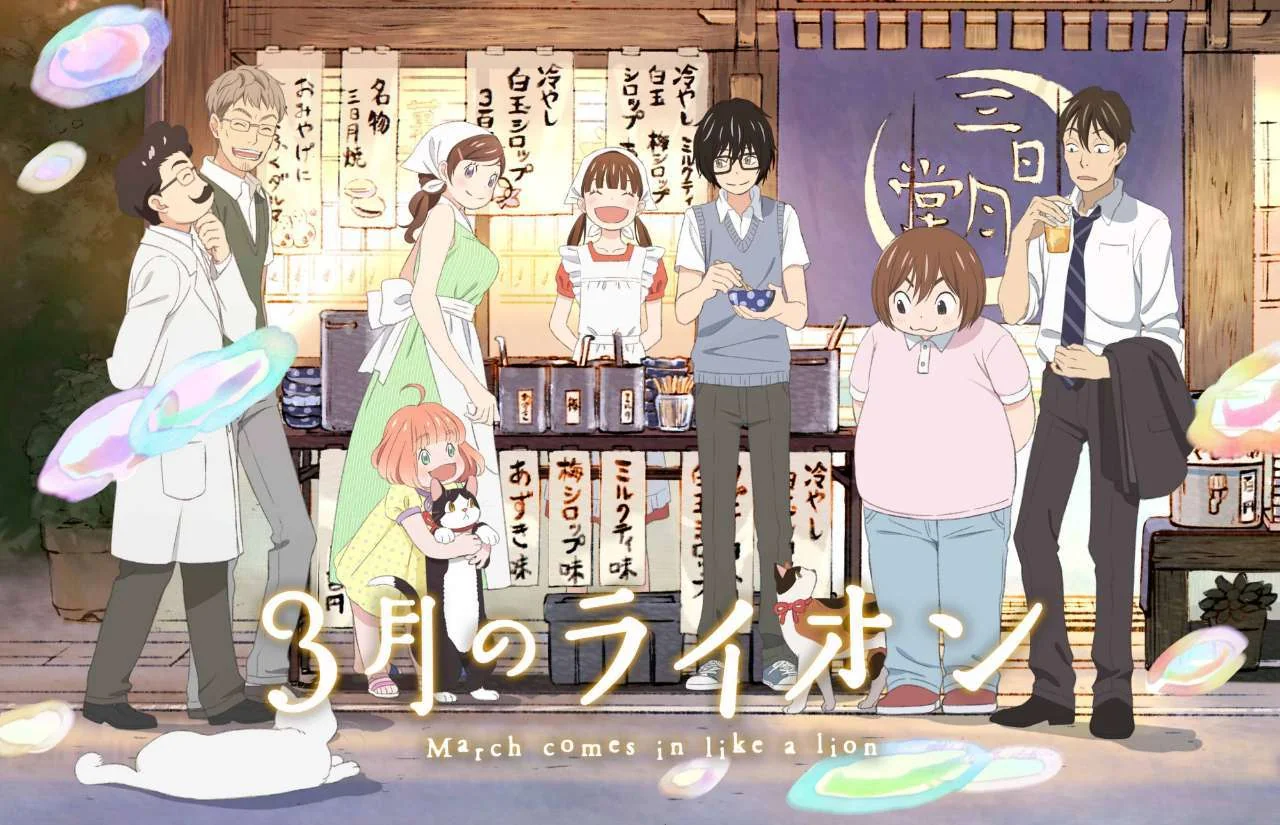
While the first season of March Comes In Like A Lion primarily focuses on the world of shogi, the second season looks deeper into character development, particularly exploring the backstory of Hina. Initially introduced as a side character, Hina’s narrative takes center stage as the series shines a spotlight on her struggles with bullying.
Hina’s troubles begin when she bravely stands up for her friend who is being bullied, only to become the target of the bullies’ retaliation herself. Despite facing adversity, Hina’s response is characterized by unwavering conviction. She stands firm in her belief that she did the right thing, refusing to succumb to regret or self-doubt.
This pivotal storyline highlights the profound impact of bullying on individuals and underscores the importance of standing up for what is right, even in the face of adversity. Hina’s courage and resilience serve as an inspiring example, resonating with viewers as they witness her journey of self-discovery and growth.
March Comes in Like a Lion (or “3-gatsu no Lion”) is a nice Japanese manga and anime series written and illustrated by Chica Umino. It has garnered critical acclaim for its deep storytelling, complex characters, and poignant exploration of themes such as loneliness, family, and personal growth.
The story centers around Rei Kiriyama, a 17-year-old professional shogi player (Japanese chess) who lives alone in Tokyo. Rei’s parents died when he was young, and he struggles with feelings of isolation and depression despite his success in shogi. The series follows Rei’s journey as he navigates the challenges of his professional career, confronts his traumatic past, and forms meaningful connections with others.
Rei becomes acquainted with the Kawamoto sisters—Akari, Hinata, and Momo—who live in his neighborhood. They provide Rei with warmth and support, offering him a glimpse of family life and a sense of belonging that he has longed for. Through his interactions with the Kawamoto family and other shogi players, Rei gradually learns to confront his inner demons and rediscover his passion for life.
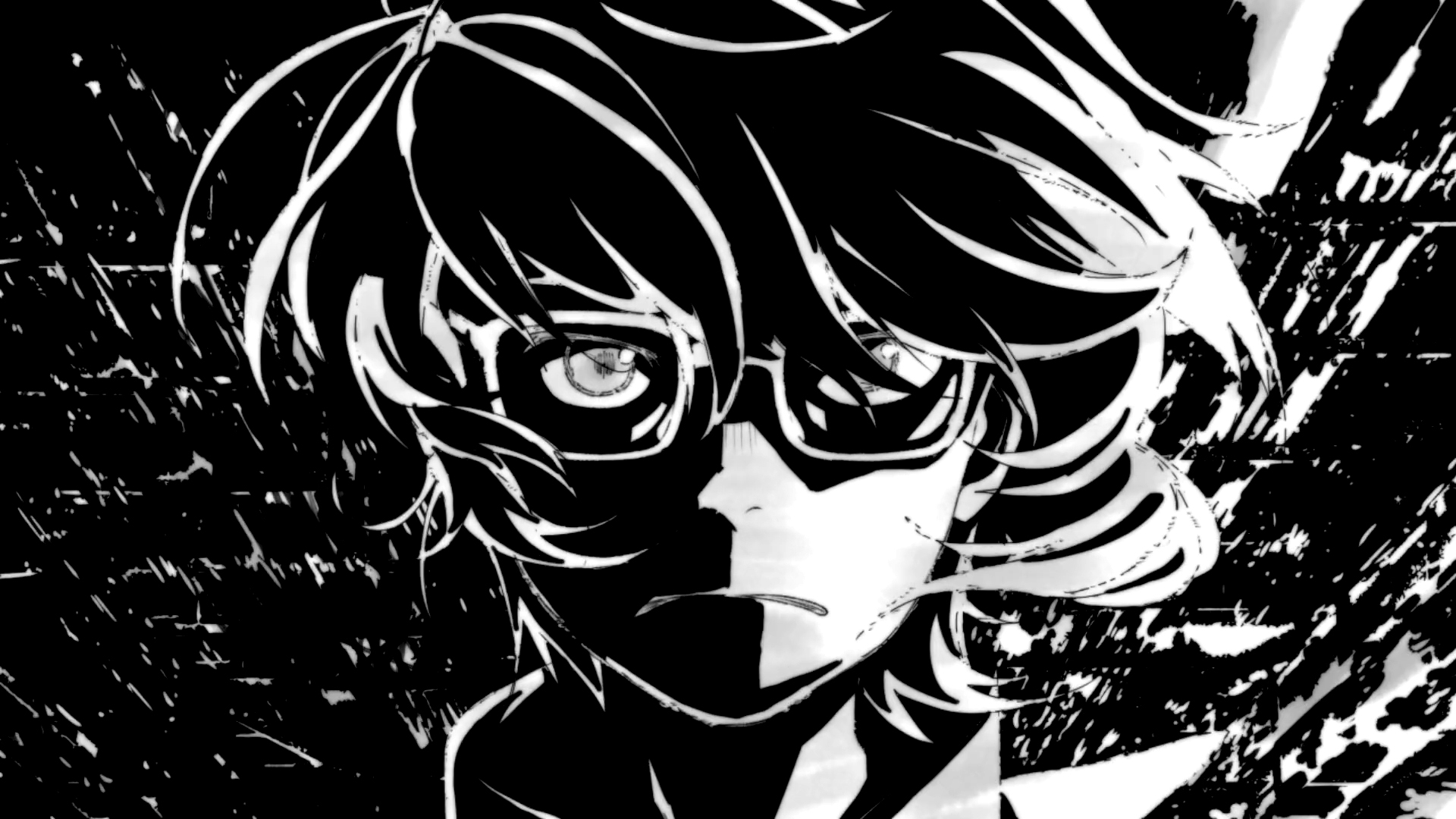
March Comes in Like a Lion goes deep into themes of mental health, trauma, and the importance of human connections. Rei’s journey of self-discovery is portrayed sensitively, highlighting the impact of grief and loneliness on his emotional well-being. The series also explores themes of perseverance, redemption, and the transformative power of empathy and friendship.
The characters in “March Comes in Like a Lion” are beautifully crafted and undergo profound growth throughout the series. Rei is a complex protagonist who struggles with guilt and self-doubt, yet gradually learns to open up to others and accept their support. The Kawamoto sisters, especially Hinata, serve as beacons of light in Rei’s life, offering him unconditional love and understanding.
Other notable characters include Rei’s shogi rivals and mentors, each with their own struggles and motivations. The series masterfully intertwines the personal journeys of its characters, creating human experiences and emotions.
Chica Umino’s art style is distinctive and expressive, capturing the nuances of the character’s emotions and inner turmoil. The manga’s illustrations are filled with symbolism and visual metaphors that enhance the storytelling. The anime adaptation, produced by Shaft, features stunning animation and art direction that complement the emotional depth of the narrative.
March Comes in Like a Lion has received widespread critical acclaim for its storytelling, character development, and thematic depth. It has resonated with audiences for its honest portrayal of mental health issues and its exploration of the healing power of genuine connections. The series has won numerous awards and accolades, solidifying its reputation as a modern classic in manga and anime.
March Comes in Like a Lion is a profound and moving series that offers a nuanced exploration of human emotions and relationships. Whether you’re drawn to character-driven narratives or stories that goes into the complexities of the human psyche, this series delivers a poignant and unforgettable experience.
With its richly developed characters, evocative artwork, and heartfelt storytelling, “March Comes in Like a Lion” is a must-watch (or must-read) for anyone seeking a meaningful and emotionally resonant story.
8. Great Teacher Onizuka
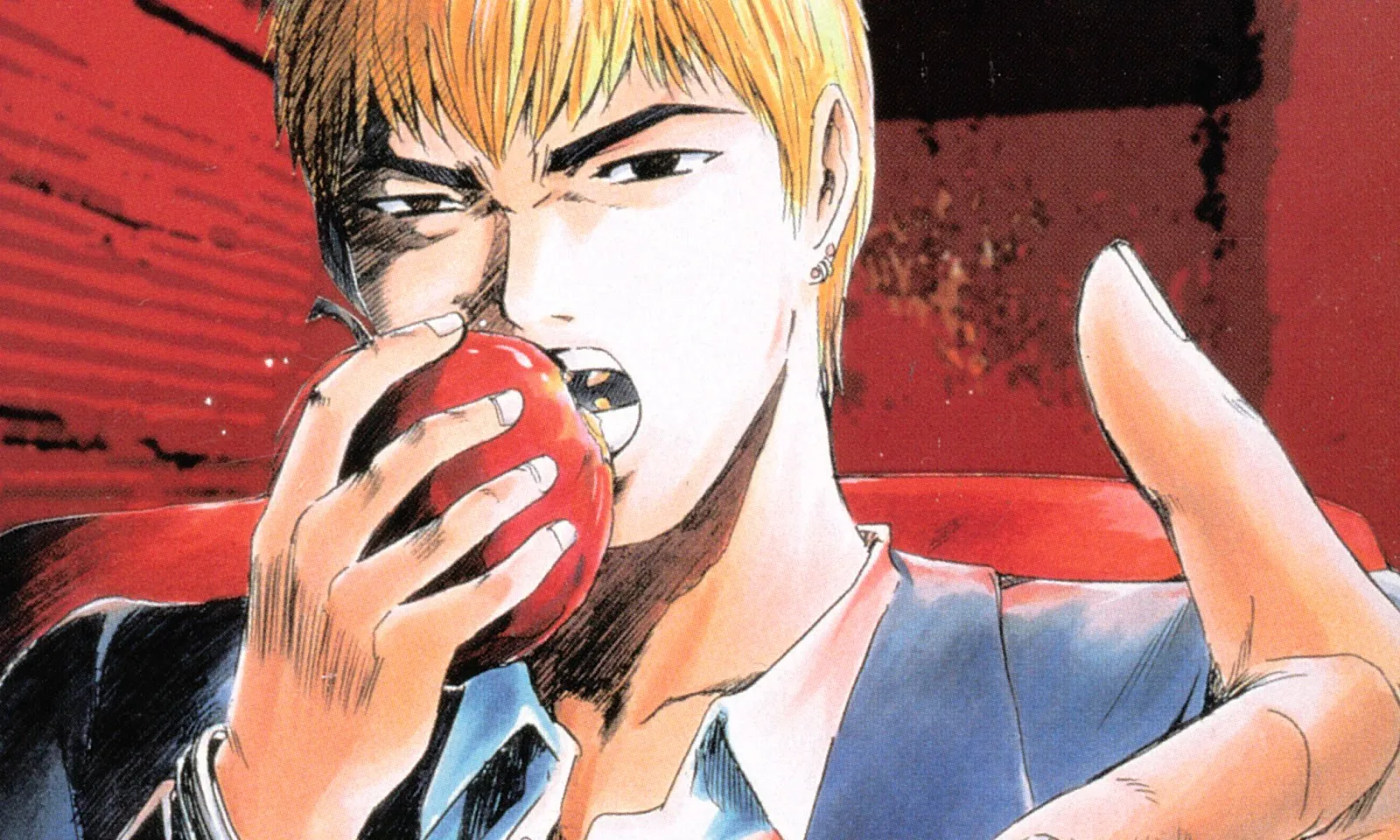
Great Teacher Onizuka follows the journey of Eikichi Onizuka, a former delinquent and Yakuza gang member who undergoes a transformative journey to become an educator. Initially motivated by self-interest and a desire to be closer to young women, Onizuka’s perspective shifts as he witnesses the challenges faced by today’s youth and the failings of the education system.
As Onizuka immerses himself in his role as a teacher, he takes on the responsibility of addressing his students’ social and emotional problems head-on.
A significant portion of these issues revolves around bullying, a theme that the anime handles with sensitivity and depth. Rather than simply vilifying the bullies, Great Teacher Onizuka recognizes them as victims of their own circumstances, often stemming from poor parenting or broader social issues.
Onizuka’s approach to tackling bullying is multifaceted; he not only provides support and protection to the bullied students but also endeavors to understand and address the root causes of the behavior.
Through his unconventional methods and unwavering dedication, Onizuka offers his students the confidence and guidance they need to navigate their challenges and overcome adversity.
Great Teacher Onizuka offers a fascinating exploration of the human condition, presenting a nuanced portrayal of societal issues through the eyes of a former gangster turned mentor. It serves as a testament to the transformative power of empathy, understanding, and the belief in the potential for redemption and growth in every individual.
Great Teacher Onizuka (GTO) is a highly acclaimed manga and anime series created by Tooru Fujisawa. Originally serialized from 1996 to 2002, “Great Teacher Onizuka” quickly became a beloved classic known for its unique blend of comedy, drama, and social commentary.
The story revolves around Eikichi Onizuka, a former biker gang member with a rough exterior but a heart of gold. Onizuka decides to become a teacher to pursue his dream of being surrounded by beautiful high school girls. However, he soon realizes that teaching is not as easy as he thought, especially when he’s assigned to Class 3-4, a notorious group of troublemakers and delinquents at Holy Forest Academy.
Onizuka’s unorthodox teaching methods and street-smart attitude help him connect with his students in ways that other teachers cannot. He takes on various challenges and tackles issues ranging from bullying and academic pressure to family problems and teenage rebellion. Through his interactions with his students and colleagues, Onizuka learns valuable life lessons and discovers the true meaning of being a teacher.
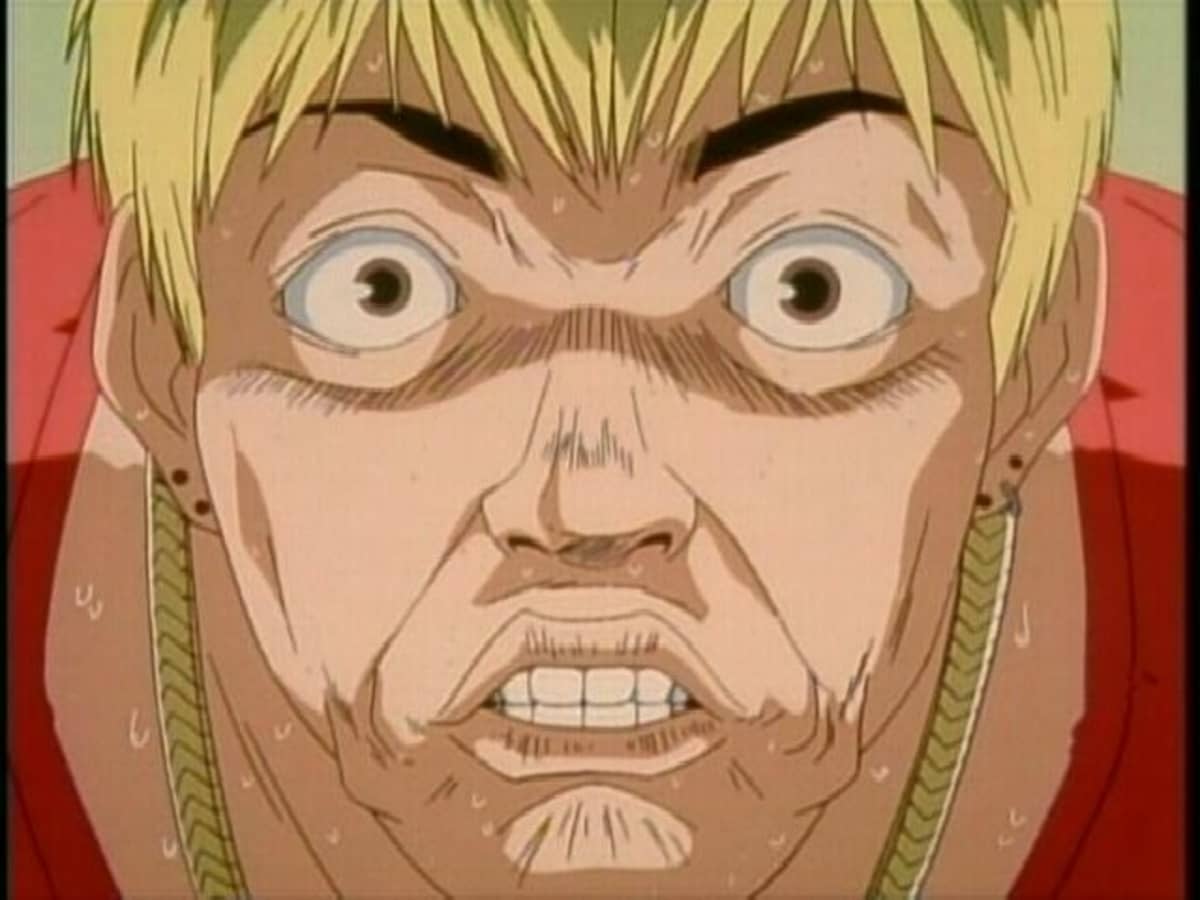
“Great Teacher Onizuka” explores themes of redemption, youth rebellion, and the importance of empathy and understanding. The series sheds light on the struggles of teenagers facing societal pressures and personal crises. Onizuka’s unconventional approach to teaching emphasizes the significance of genuine connections and the impact of positive role models on young minds.
One of the highlights of “Great Teacher Onizuka” is its colorful cast of characters, each with their own distinct personalities and backstories. Onizuka himself undergoes significant growth as he learns from his students and confronts his own past. The students of Classes 3-4 also experience meaningful character development, transforming from troubled individuals into empowered young adults under Onizuka’s guidance.
The series strikes a perfect balance between comedy and drama. Onizuka’s comedic antics and exaggerated expressions provide plenty of laughs, while the heartfelt moments and emotional revelations add depth to the narrative. The juxtaposition of humor and poignant storytelling makes “Great Teacher Onizuka” a compelling and engaging series.
Tooru Fujisawa’s artwork captures the dynamic energy of the characters and their emotional range. The manga’s illustrations effectively convey the comedic and dramatic elements of the story. The anime adaptation, produced by Studio Pierrot, features expressive animation that brings the characters to life and enhances the appeal of the series.
“Great Teacher Onizuka” has received widespread acclaim for its entertaining storytelling, relatable characters, and insightful social commentary. The series has spawned multiple adaptations, including live-action dramas and a 43-episode anime series that faithfully adapts the manga’s storyline.
It remains a beloved classic in manga and anime, celebrated for its enduring themes and memorable characters. Great Teacher Onizuka is a must-read (or must-watch) for fans of comedy-drama series with heartwarming themes and memorable characters.
Whether you’re interested in the challenges of teaching or the struggles of adolescence, this series offers a compelling and entertaining exploration of human relationships and personal growth. With its unique blend of humor, drama, and social commentary, “Great Teacher Onizuka” continues to grab audiences and leave a lasting impact on its viewers.
7. A Silent Voice
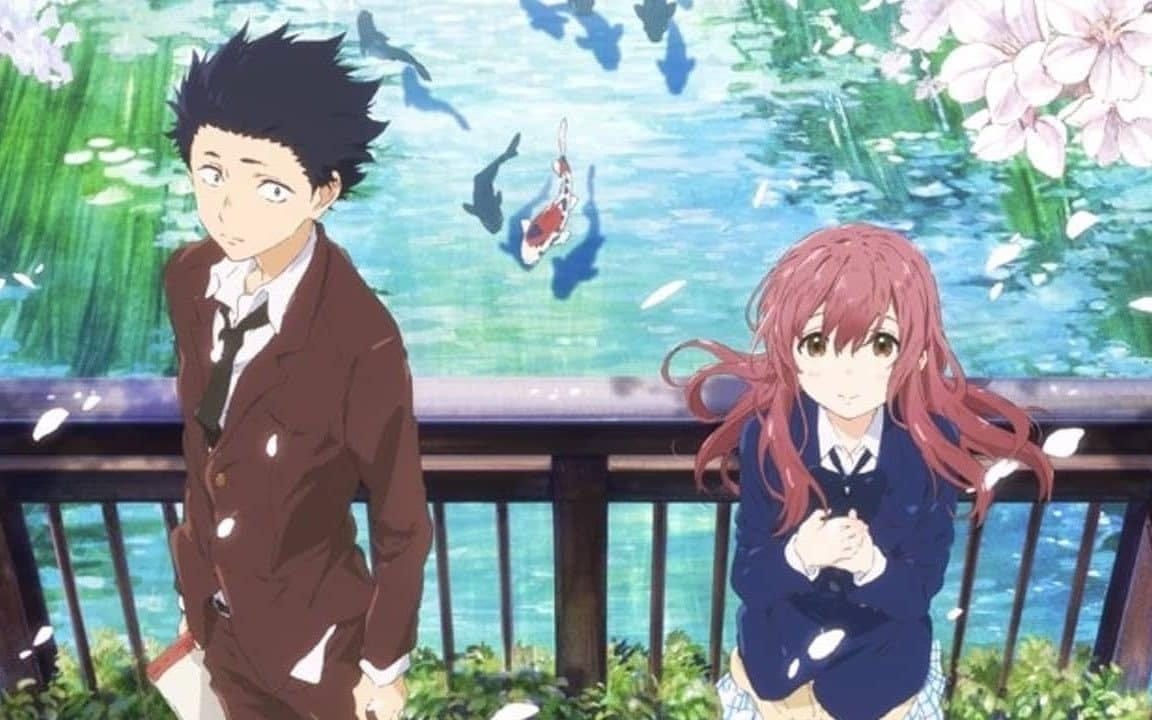
A Silent Voice, or Koe no Katachi, looks into the complexities of bullying through the story of Shouya Ishida, who bullies his deaf classmate, Shouko Nishimiya. The repercussions of Ishida’s actions linger long after he ceases his bullying behavior, impacting both himself and those involved.
One of the standout aspects of A Silent Voice is its exploration of the impact of bullying on the perpetrator. Despite eventually ceasing his bullying, Ishida grapples with profound guilt and self-loathing as a teenager and young man, haunted by the memories of his childhood transgressions against Nishimiya. The film sensitively portrays Ishida’s internal struggles, offering a poignant examination of the psychological toll that bullying can take on the bully themselves.
Moreover, A Silent Voice adeptly navigates the broader consequences of bullying on all parties involved, shedding light on the lasting emotional scars it can leave on victims, perpetrators, and bystanders alike. Through its nuanced portrayal of the characters’ experiences and emotions, the film encourages viewers to reflect on themes of forgiveness, redemption, and the complexities of human relationships.
A Silent Voice is laudable for its thought-provoking exploration of bullying and its aftermath, highlighting the importance of empathy, understanding, and personal growth in overcoming past mistakes and forging meaningful connections with others.
“A Silent Voice” (Japanese: “Koe no Katachi”) is a profoundly moving manga series and anime film directed by Naoko Yamada, based on the manga written and illustrated by Yoshitoki Oima. Released as a film in 2016, “A Silent Voice” explores themes of redemption, forgiveness, and the impact of bullying on both the victim and the perpetrator.
The story begins with Shoya Ishida, a young elementary school boy who bullies Shoko Nishimiya, a new deaf transfer student. Shoko’s disability makes her an easy target for ridicule and harassment, and Shoya leads the charge against her. However, as the bullying intensifies and Shoko’s mental and emotional health deteriorates, Shoya’s classmates turn against him, and he becomes ostracized.
Years later, burdened with guilt and struggling with social anxiety and depression, Shoya seeks redemption by reconnecting with Shoko. He learns sign language and seeks to make amends for his past actions, hoping to find forgiveness and a path toward self-acceptance.

The central themes of “A Silent Voice” revolve around the consequences of bullying and the journey toward redemption and reconciliation. The story highlights the importance of empathy, understanding, and second chances. It also touches on the struggles of living with disabilities and the challenges of navigating interpersonal relationships.
The characters in “A Silent Voice” are intricately crafted and undergo significant growth throughout the narrative. Shoya’s transformation from a remorseful bully to a compassionate individual seeking forgiveness is portrayed with depth and authenticity. Shoko’s resilience in the face of adversity, as well as her capacity for forgiveness, serves as a powerful testament to the strength of the human spirit.
Supporting characters, such as Shoya’s friends and former classmates, also experience their own journeys of self-discovery and redemption. The manga and film beautifully depict the complexities of human emotions and relationships, highlighting the profound impact of our actions on others.
Yoshitoki Oima’s artwork in the manga is evocative and expressive, capturing the characters’ emotions and inner turmoil with striking visual detail. Naoko Yamada’s direction in the film adaptation complements the source material, utilizing subtle animation techniques and visual symbolism to enhance the storytelling.
The film’s animation, produced by Kyoto Animation, is stunning and immersive, conveying the characters’ emotional struggles and growth through nuanced visuals and cinematography. The use of color and sound plays a crucial role in conveying the characters’ perspectives and emotional states.
“A Silent Voice” has received widespread critical acclaim for its powerful storytelling, nuanced characters, and sensitive handling of sensitive subject matter. It has resonated with audiences worldwide, sparking important conversations about bullying, mental health, and the importance of empathy and understanding.
The film’s success has cemented its status as a modern masterpiece in the anime community, earning numerous awards and accolades for its poignant narrative and artistic merit. “A Silent Voice” continues to be celebrated for its profound themes and emotional resonance.
“A Silent Voice” is a must-experience work of fiction that offers a deeply moving exploration of redemption, forgiveness, and the human capacity for growth and empathy. Whether you’re drawn to character-driven narratives or stories that tackle important social issues;
this series delivers a poignant and unforgettable experience. With its compelling characters, breathtaking artistry, and heartfelt storytelling, “A Silent Voice” stands as a testament to the transformative power of compassion and the possibility of healing wounds from the past.
6. Hell Girl

Hell Girl provides a chilling portrayal of bullying and the dark consequences that can arise from it. The anime effectively captures the intense emotions and grudges that can build up when someone is subjected to bullying, ultimately culminating in a disturbing exploration of vengeance.
Unlike many other narratives, Hell Girl does not offer direct positive resolutions or counterbalances to bullying. Instead, it portrays a grim reality where victims may resort to vengeful behavior as a means of seeking justice and closure. While this approach may be unsettling, it reflects the harsh reality of the psychological toll that bullying can take on individuals.
Despite its bleak portrayal, Hell Girl still conveys a strong anti-bullying message. By highlighting the extreme lengths to which victims may go to confront their tormentors, the anime serves as a cautionary tale about the profound impact of bullying and the importance of addressing it proactively.
Furthermore, the depiction of supernatural intervention in the form of the Hell Correspondence system underscores the desperation and helplessness felt by victims of bullying. It suggests that if given the opportunity, some bullied individuals may indeed seek revenge against their tormentors.
In this way, Hell Girl offers a thought-provoking commentary on the complexities of bullying and its far-reaching consequences. While it may not provide a straightforward solution, its portrayal serves as a stark reminder of the need for empathy, understanding, and proactive measures to combat bullying in all its forms.
Hell Girl (Japanese: “Jigoku Shoujo”) is a psychological horror anime series that explores dark themes of revenge, morality, and the consequences of one’s actions. Created by Takahiro Ōmori, the series originally aired in Japan from 2005 to 2006, with subsequent seasons and spin-offs released later.
The series centers around the mysterious “Hell Correspondence” website, rumored to only appear at midnight. The site allows individuals who seek vengeance against someone tormenting them to submit a request. In return, the person’s tormentor is sent to Hell, but at the cost of the requester’s own soul, condemned to join them in Hell upon death.
The protagonist of “Hell Girl” is Ai Enma, also known as Hell Girl, who serves as the intermediary between the living and the underworld. When a request for revenge is submitted, Ai appears to the requester and offers them a straw doll with a red string tied around its neck. If the string is pulled, the target of revenge is immediately sent to Hell.
The series follows a largely episodic format, with each episode focusing on a new client seeking revenge and the moral dilemmas that arise from their decision. Overarching themes of justice, redemption, and the nature of revenge are explored throughout the series.
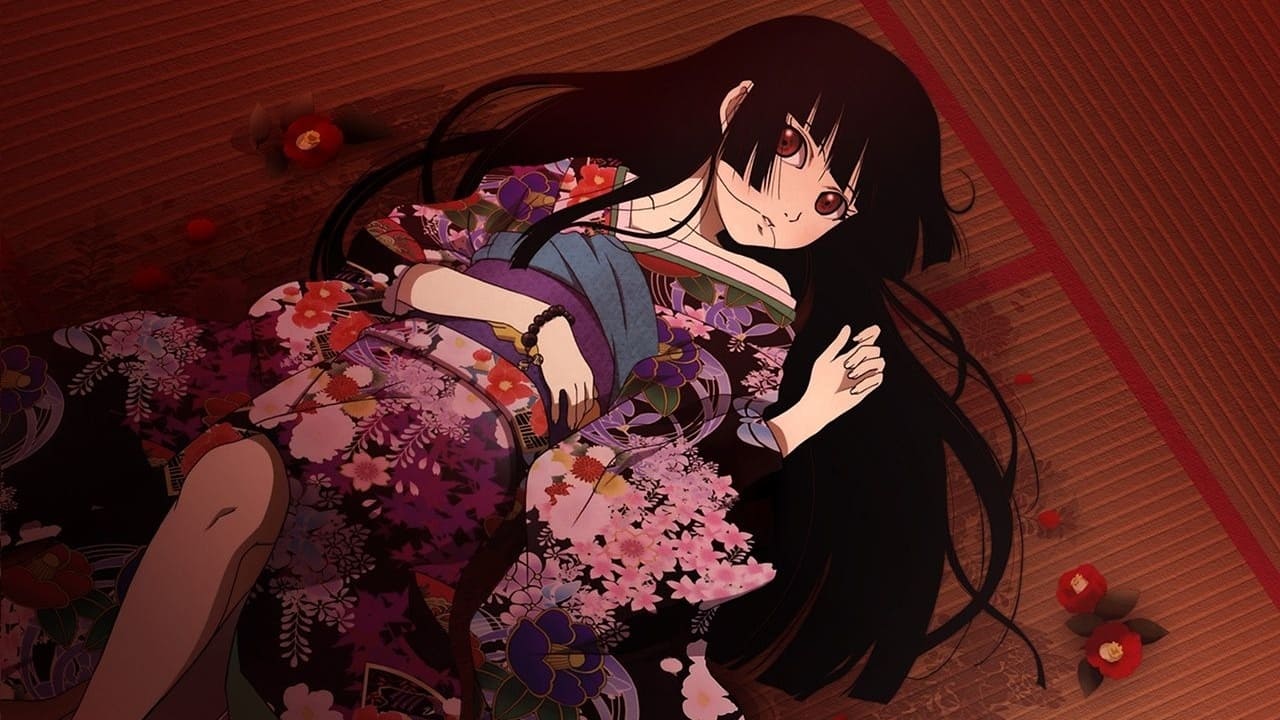
“Hell Girl” goes into complex themes surrounding revenge and its repercussions. Each episode presents a different scenario in which characters grapple with their desire for vengeance and the moral implications of condemning another person to eternal damnation. The series raises questions about the nature of justice and whether seeking revenge ultimately brings closure or perpetuates suffering.
Ai Enma, the titular Hell Girl, is portrayed as a tragic figure burdened with her role as a ferrywoman to Hell. Her backstory and motivations gradually unfold over the course of the series, revealing the emotional toll of her duties. Other recurring characters include Ai’s companions from the underworld and individuals connected to the clients seeking revenge, each adding depth to the overarching narrative.
The art style of “Hell Girl” contributes significantly to its eerie and unsettling atmosphere. Dark, moody visuals and haunting imagery enhance the series’ themes of despair and retribution. The animation effectively conveys the psychological tension and emotional turmoil experienced by the characters caught in the cycle of revenge.
“Hell Girl” has garnered a dedicated fan base and received praise for its unique premise and thought-provoking storytelling. The series is lauded for its exploration of psychological themes and its ability to evoke a sense of unease and introspection. Despite its episodic format, “Hell Girl” maintains a cohesive narrative that gradually unfolds Ai’s backstory and the complexities of the Hell Correspondence system.
“Hell Girl” is a nice anime series that goes into the darker aspects of human nature and morality. With its haunting atmosphere, intriguing premise, and exploration of profound themes, the series offers a compelling viewing experience for fans of psychological horror and supernatural drama.
Whether you’re drawn to stories of revenge and redemption or interested in thought-provoking narratives, “Hell Girl” provides a chilling and thought-provoking journey into the depths of the human psyche. However, be prepared for its intense and sometimes unsettling exploration of revenge and its consequences.
5. Flowers of Evil

Flowers of Evil presents a unique and unconventional narrative complemented by its distinctive art style, which effectively contributes to the atmosphere and themes of the story. While the art may seem bizarre to some viewers, it aligns seamlessly with the dark and unsettling tone of the anime.
The series explores a different form of bullying, primarily psychological and manipulative in nature, as the male protagonist, Takao Kasuga, finds himself caught stealing the school heartthrob’s underwear by Sawa Nakamura. Seizing upon this opportunity, Sawa blackmails Takao into becoming her slave as a means of avoiding bullying from their peers.
However, the dynamic between Takao and Sawa quickly evolves into something more complex, revealing Sawa’s twisted nature and the impact of perceived power on her behavior. As Sawa exerts control over Takao’s life, manipulating and exploiting him for her own ends, the anime looks into themes of manipulation, obsession, and the consequences of unchecked power dynamics.
In addition to exploring the psychological effects of bullying, Flowers of Evil also examines the complexities of relationships and the dark undercurrents that can exist beneath the surface of seemingly ordinary interactions. Through its fascinating narrative and unconventional art style, the anime offers a thought-provoking exploration of human behavior and the consequences of power imbalance.
“Flowers of Evil” (Japanese: “Aku no Hana”) is a thought-provoking and psychologically intense manga series written and illustrated by Shuzo Oshimi. It was serialized from 2009 to 2014 and later adapted into an anime in 2013. This series is known for its dark and unconventional storytelling, exploring themes of adolescence, obsession, and societal pressures.
The story follows Kasuga Takao, a shy and introverted middle school student who is deeply infatuated with his classmate, Nanako Saeki. One day, Kasuga finds himself alone in the classroom with Saeki’s gym uniform. Driven by impulse and obsession, he steals the uniform, setting off a chain of events that will profoundly affect his life.
Kasuga’s actions are witnessed by Sawa Nakamura, a rebellious and cynical girl who begins to blackmail him. Nakamura coerces Kasuga into forming a secretive and tumultuous relationship, pushing him to confront his inner desires and societal expectations.
As the story unfolds, Kasuga grapples with guilt, shame, and the complexities of his feelings for Saeki and Nakamura. The narrative goes deep into the darker aspects of adolescence, exploring the blurred boundaries between innocence and corruption.
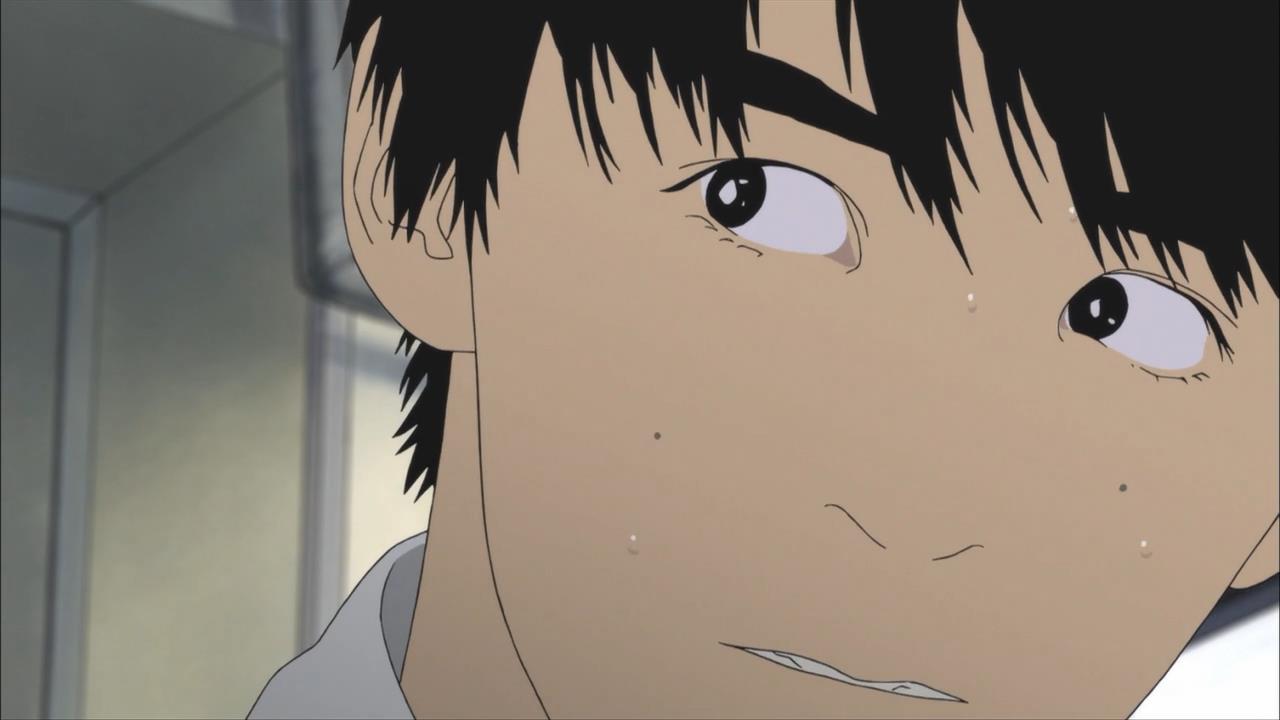
“Flowers of Evil” is a character-driven series that explores themes of alienation, identity, and the search for authenticity. Kasuga’s internal struggle reflects the societal pressures and expectations placed upon young individuals, highlighting the tumultuous journey of self-discovery and coming-of-age.
The series also examines the destructive nature of obsession and the consequences of succumbing to one’s impulses. Through its characters’ actions and motivations, “Flowers of Evil” invites introspection into human nature and the complexities of desire.
The characters in “Flowers of Evil” undergo profound transformations as they navigate their turbulent emotions and confront their personal demons. Kasuga’s descent into obsession and self-loathing is portrayed with raw emotion, while Nakamura’s rebellious spirit and unconventional outlook challenge societal norms.
Saeki, the object of Kasuga’s affection, also experiences internal conflicts and growth as she grapples with her own desires and perceptions of reality. The dynamic relationships between the characters drive the narrative forward, revealing hidden truths and vulnerabilities.
Shuzo Oshimi’s artwork in “Flowers of Evil” contributes significantly to its unsettling and atmospheric tone. The character designs are intentionally unconventional, reflecting the characters’ inner turmoil and psychological states. The use of detailed backgrounds and expressive facial expressions enhances the emotional impact of the story, creating a sense of intimacy and unease.
“Flowers of Evil” has garnered critical acclaim for its unique storytelling and psychological depth. The series has been praised for its bold exploration of taboo subjects and its unflinching portrayal of adolescence. While divisive among audiences due to its unconventional approach, “Flowers of Evil” has left a lasting impression on readers and viewers alike for its provocative themes and memorable characters.
“Flowers of Evil” is a compelling and introspective series that challenges conventional storytelling norms and explores the complexities of human emotions.
Whether you’re intrigued by psychological drama or interested in narratives that push the boundaries of storytelling, “Flowers of Evil” offers a thought-provoking journey into the darker aspects of adolescence and desire. However, be prepared for its unapologetic exploration of taboo themes and its challenging portrayal of human nature.
4. Hajime No Ippo
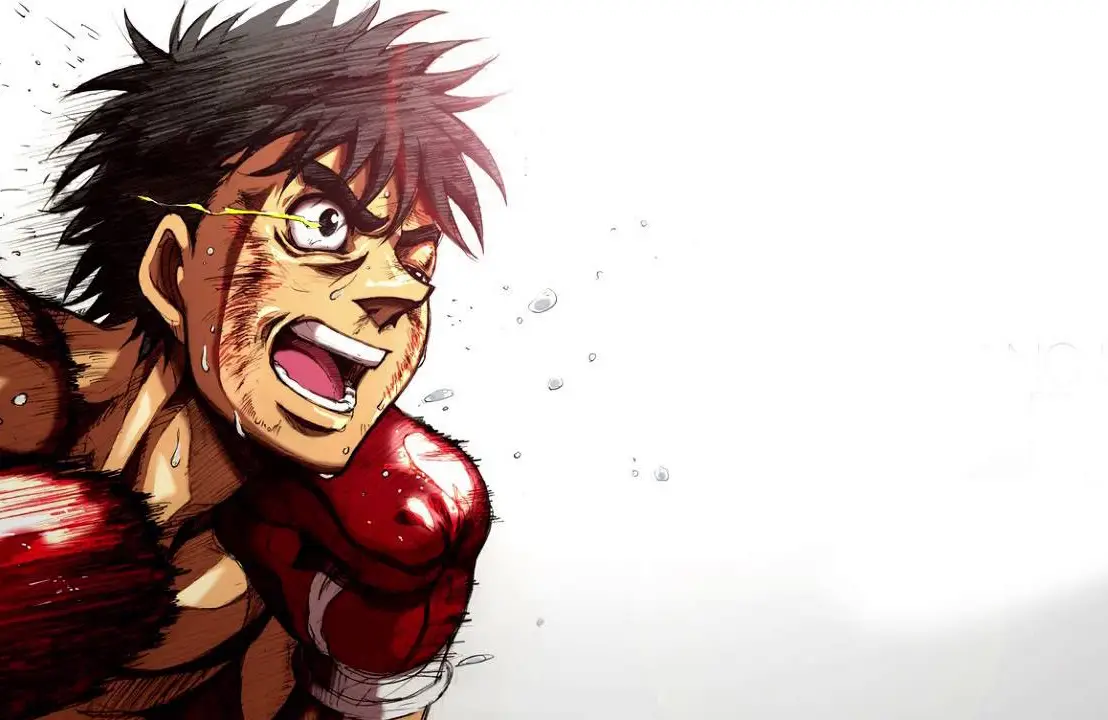
In Hajime No Ippo, the main character, Makunouchi Ippo, undergoes a transformative journey from being a victim of bullying to becoming an elite boxer and champion. Before discovering boxing, Ippo endured physical, verbal, and emotional abuse at the hands of his tormentors.
Remarkably, despite experiencing such hardship, Ippo never harbors resentment or seeks revenge against his bullies. Instead, he rises above the cycle of hatred and demonstrates remarkable emotional maturity by refusing to let his past define him. As he pursues his passion for boxing, Ippo not only finds strength within himself but also extends compassion and understanding to those who once tormented him.
Through his journey, Ippo sets a powerful example of forgiveness and personal growth, inspiring both bullies and those who have been bullied to strive for greater emotional maturity and resilience. His ability to overcome adversity and forge genuine connections with his former tormentors, who eventually become his friends within the boxing community, highlights the transformative power of empathy and understanding.
In essence, Hajime No Ippo offers a compelling portrayal of the human capacity for growth and redemption, emphasizing the importance of forgiveness and empathy in overcoming the scars of the past. Ippo’s journey serves as a testament to the resilience of the human spirit and the transformative potential of choosing compassion over resentment.
Hajime no Ippo is a popular and long-running Japanese manga and anime series created by George Morikawa. It has been serialized since 1989 and has amassed a dedicated fan base worldwide. The series is known for its compelling characters, intense boxing matches, and heartfelt storytelling.
The story revolves around the life of Ippo Makunouchi, a shy and timid high school student who is frequently bullied by his peers. One day, Ippo is saved from bullies by Mamoru Takamura, a skilled boxer. Inspired by Takamura’s strength and determination, Ippo begins training at Kamogawa Boxing Gym.
Under the guidance of Coach Genji Kamogawa and with the support of his friends, Ippo gets on a journey to become a professional boxer. Throughout the series, Ippo faces numerous challenges in and out of the ring, including formidable opponents, intense training regimens, and personal growth.
As Ippo climbs the ranks of the boxing world, he forms rivalries and friendships with other boxers, each with their own dreams and motivations. The series explores themes of perseverance, friendship, and the pursuit of one’s passion.
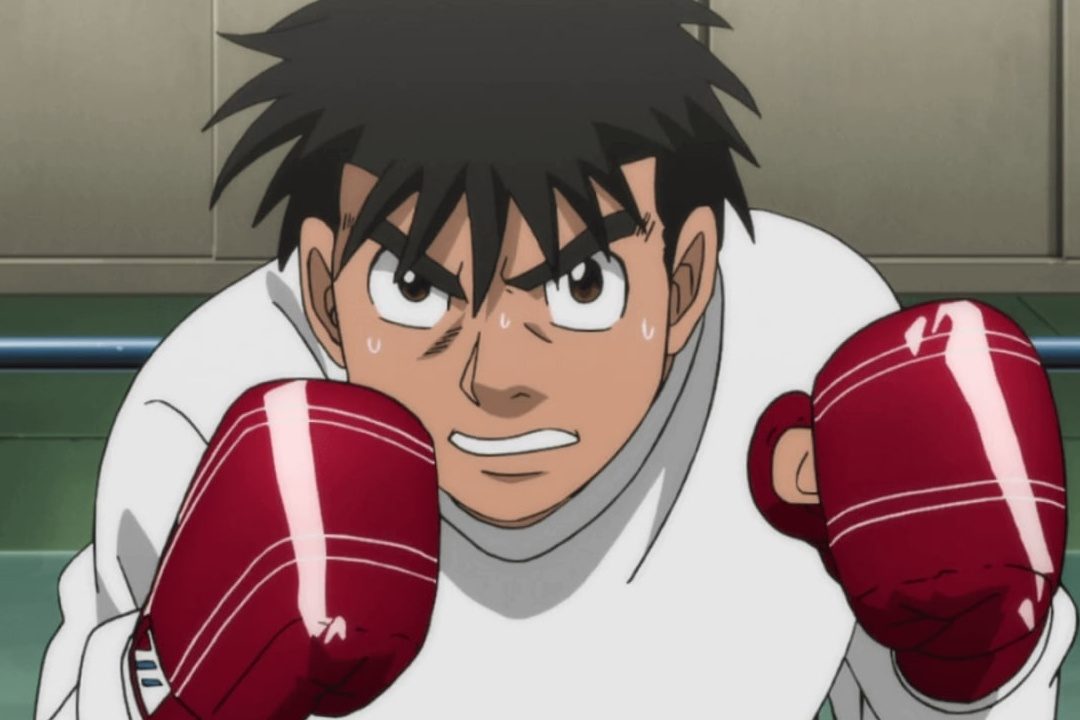
Hajime no Ippo explores the themes of determination, self-discovery, and the pursuit of excellence. The series emphasizes the importance of hard work and dedication in achieving one’s goals, as Ippo overcomes physical and emotional obstacles on his path to becoming a champion boxer.
Additionally, the series goes into the dynamics of mentorship and camaraderie, highlighting the impact of supportive relationships on personal growth and success. The bond between Ippo and his fellow boxers at Kamogawa Gym forms the emotional core of the series, showcasing the power of teamwork and mutual respect.
One of the strengths of “Hajime no Ippo” lies in its well-developed characters. Ippo evolves from a timid young man with low self-esteem into a formidable boxer with unwavering determination. Throughout the series, Ippo’s growth is accompanied by the growth of his friends and rivals, who each undergo their own transformative journeys.
The series introduces a diverse cast of characters, each with distinct personalities and motivations. From rivals like Miyata Ichirou and Sendo Takeshi to mentors like Coach Kamogawa and Takamura, every character contributes to the boxing world portrayed in the series.
George Morikawa’s artwork in the manga is dynamic and expressive, capturing the intensity and emotion of boxing matches. The detailed illustrations effectively convey the impact of punches and the physical exertion of the characters. The anime adaptation, produced by Madhouse, features fluid animation during fight scenes and faithfully adapts the manga’s art style.
“Hajime no Ippo” has received widespread acclaim from both fans and critics for its compelling narrative and exciting boxing action. The series has inspired a dedicated fan base and has been credited with popularizing the sports genre in manga and anime. It has also contributed to renewed interest in boxing among audiences worldwide.
“Hajime no Ippo” is a nice sports manga and anime series that excels in storytelling, character development, and adrenaline-pumping action. Whether you’re a fan of sports anime or simply enjoy narratives about perseverance and growth;
“Hajime no Ippo” offers a compelling and emotionally resonant journey through the world of boxing. With its memorable characters, intense boxing matches, and themes of determination and friendship, this series continues to leave a lasting impact on its audience and remains a timeless classic in the genre.
3. My Clueless First Friend

Spring 2023 introduces a standout anime tackling the sensitive issue of bullying with unexpected wholesomeness: My Clueless First Friend. Despite its grounded depiction of bullying, the series manages to weave a heartwarming narrative centered around the unlikely friendship between Akane and Taiyou.
At Akane’s elementary school, she is unfairly labeled the Grim Reaper, enduring constant teasing and isolation from her peers. However, the arrival of Taiyou, a relentlessly optimistic and imaginative boy, marks a turning point in Akane’s life. Taiyou’s directness and positivity draw him to Akane, and they quickly form a genuine connection built on mutual respect.
What sets My Clueless First Friend apart is Taiyou’s unique approach to confronting bullies. Rather than succumbing to their taunts, he uses logic to cleverly deflect their comments, a tactic that proves immensely satisfying for viewers. His unwavering support for Akane and his ability to challenge the bullies’ behavior demonstrates the power of empathy and resilience in overcoming adversity.
Through the evolving friendship between Akane and Taiyou, My Clueless First Friend offers a poignant exploration of the transformative impact of genuine connection and understanding. Despite the dark subject matter, the series ultimately delivers a message of hope and resilience, reminding viewers of the importance of standing up for what is right and supporting those in need.
“My Clueless First Friend” (Japanese: “Boku no Kawaii Hito Dakara”) is a charming and heartwarming romantic comedy manga series written and illustrated by Megumi Morino. The manga was serialized in Japan from 2016 to 2018 and comprises a total of 4 volumes.
The story follows the life of Rio Komiya, a high school student who is often mistaken for a delinquent due to his intimidating appearance. Despite his tough exterior, Rio is actually quite shy and reserved. One day, he encounters a cheerful and outgoing girl named Mao Katori, who sees past his appearance and befriends him.
Mao, nicknamed “Mao-chin,” takes an instant liking to Rio and is determined to become his friend. She invites Rio to join her in various activities and social gatherings, gradually drawing him out of his shell. As their friendship deepens, Rio begins to develop feelings for Mao, but he struggles to express his emotions due to his lack of experience with relationships.
The series explores the evolving relationship between Rio and Mao, highlighting the joys and challenges of first love and the importance of genuine connections.
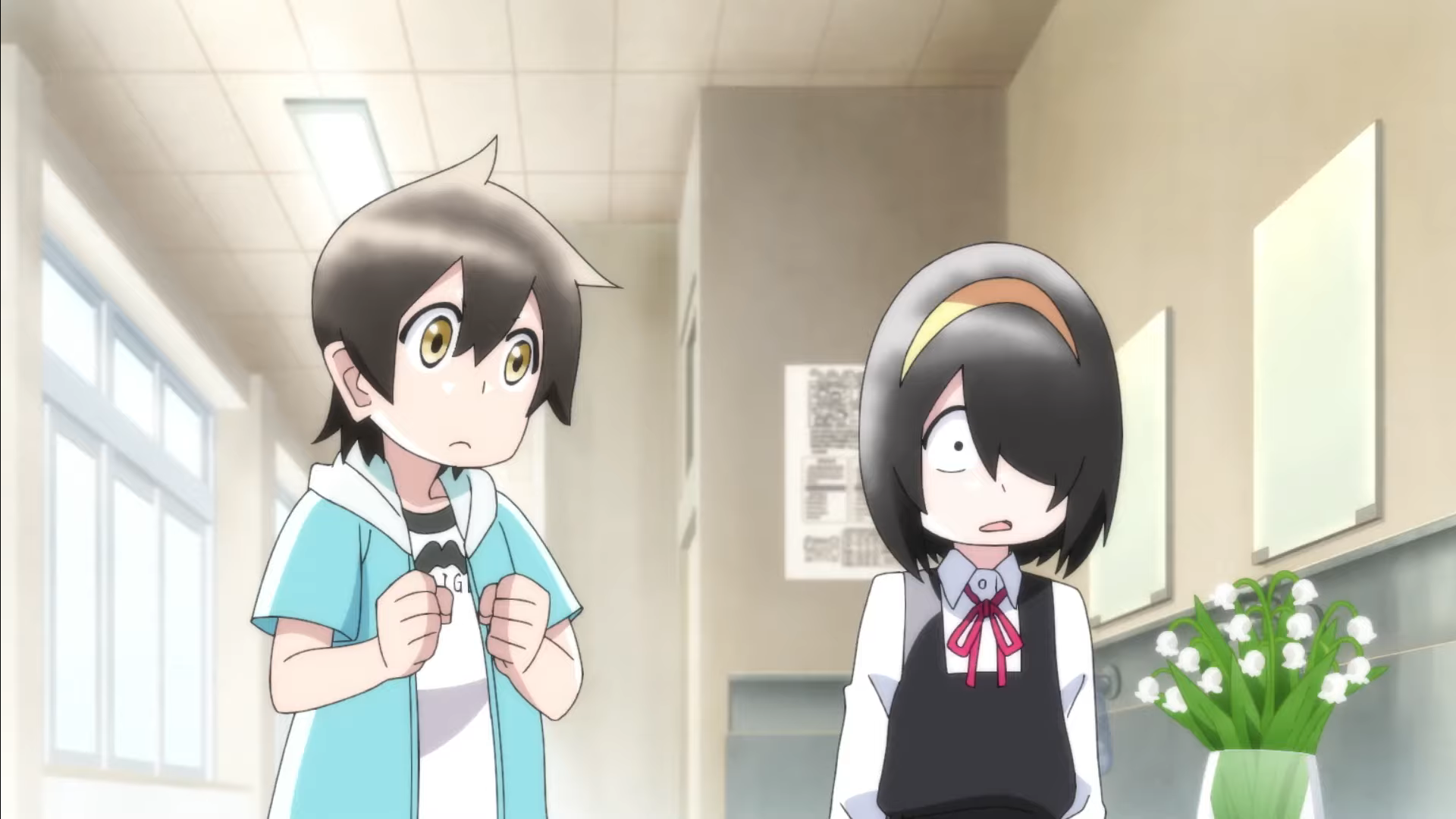
“My Clueless First Friend” is primarily a slice-of-life romantic comedy that explores themes of friendship, self-discovery, and young love. The manga emphasizes the impact of meaningful relationships on personal growth and emotional development. Rio’s journey from a reserved loner to someone who learns to open up and connect with others is a central theme of the series.
The manga also touches on themes of self-acceptance and overcoming societal stereotypes, as Rio confronts misconceptions about his appearance and learns to embrace his true self.
The characters in “My Clueless First Friend” are endearing and relatable, each with their own quirks and insecurities. Rio is portrayed as a gentle and kind-hearted protagonist who struggles with social interactions but gradually learns to navigate the complexities of relationships with Mao’s help.
Mao is depicted as an energetic and optimistic girl who brings warmth and positivity into Rio’s life. Her outgoing personality serves as a catalyst for Rio’s personal growth and emotional maturation throughout the series.
Megumi Morino’s artwork in “My Clueless First Friend” is charming and expressive, capturing the characters’ emotions and interactions with a soft and whimsical aesthetic. The character designs are distinctive, with Rio’s imposing appearance contrasting beautifully with Mao’s lively demeanor. The art style complements the romantic and comedic elements of the story, creating a visually engaging reading experience.
“My Clueless First Friend” has been well-received by readers for its heartwarming storyline, likable characters, and relatable themes. The manga’s focus on character development and interpersonal relationships resonates with audiences who appreciate romantic comedies with depth and emotional sincerity.
While “My Clueless First Friend” may not be as widely known as some other romance manga series, it has garnered a dedicated following and is praised for its uplifting and feel-good atmosphere.
“My Clueless First Friend” is a delightful romantic comedy manga that celebrates the transformative power of friendship and young love. With its endearing characters, charming artwork, and relatable themes, the series offers a refreshing and uplifting reading experience for fans of slice-of-life and romance genres.
Whether you’re looking for a heartwarming story about first love or a feel-good manga with memorable characters, “My Clueless First Friend” is sure to leave a lasting impression and bring a smile to your face.
2. Peach Girl
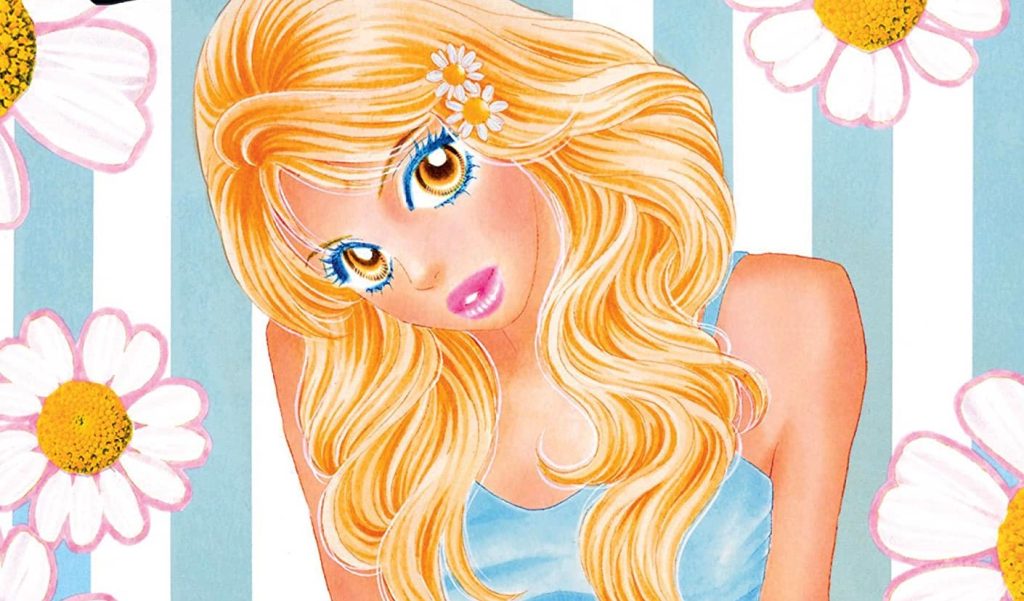
Peach Girl looks into a different facet of bullying, one rooted in the insecurities of the perpetrator. The protagonist, Momo Adachi, finds herself caught in the crosshairs of bullying fueled by societal beauty standards and the toxic dynamics of high school friendships.
Momo’s predicament arises from her crush’s preference for pale-skinned girls, leading her to undergo a drastic transformation to conform to these standards. However, her efforts to reinvent herself only serve to exacerbate the bullying she faces, as her supposed friends betray her trust and spread rumors about her promiscuity.
The anime skillfully navigates the complexities of teenage romance and the challenges of navigating unfair beauty standards and toxic peer relationships. Through Momo’s experiences, Peach Girl sheds light on the damaging effects of bullying driven by insecurity and the pervasive influence of societal norms on individual self-esteem and identity.
Ultimately, Peach Girl serves as a poignant reminder of the importance of self-acceptance and resilience in the face of adversity. It encourages viewers to challenge harmful beauty standards and toxic social dynamics while emphasizing the power of genuine friendship and self-confidence in overcoming bullying.
“Peach Girl” is a compelling and dramatic shoujo manga series written and illustrated by Miwa Ueda. Originally serialized from 1997 to 2003, “Peach Girl” quickly gained popularity for its engaging storyline, complex characters, and exploration of teenage relationships and social pressures.
The story follows Momo Adachi, a high school girl with a tanned complexion and bleached hair due to constant swimming, which leads to misunderstandings about her lifestyle and personality. Momo’s best friend, Sae Kashiwagi, is jealous of Momo’s popularity and sets out to sabotage her relationships.
Despite her good intentions, Momo’s relationships with two boys become tangled in a web of lies and misunderstandings. She has feelings for Toji, her crush and a popular athlete, but Sae manipulates Toji into thinking Momo is promiscuous. Meanwhile, Momo develops a complicated relationship with Kairi Okayasu, who genuinely cares for her but has his own secrets.

As the series progresses, Momo navigates the challenges of love, friendship, and self-esteem while dealing with Sae’s schemes and societal judgments based on appearances.
“Peach Girl” explores themes of friendship, betrayal, identity, and self-acceptance. The series goes into the complexities of teenage relationships and the impact of rumors and misconceptions on personal growth and emotional well-being. Momo’s journey highlights the importance of inner strength and resilience in the face of adversity.
The manga also addresses societal beauty standards and the pressures placed on young women to conform to certain ideals, as Momo faces prejudice and judgment due to her appearance.
One of the strengths of “Peach Girl” lies in its well-developed characters, each with their own flaws, insecurities, and motivations. Momo undergoes significant growth throughout the series as she learns to trust herself and confront her feelings honestly. Her friendships with Sae, Kairi, and other characters evolve over time, revealing layers of complexity and emotional depth.
Sae, in particular, is portrayed as a multifaceted antagonist whose jealousy and insecurity drive her manipulative behavior. Her character arc explores the consequences of seeking validation through deceit and betrayal.
Miwa Ueda’s artwork in “Peach Girl” is expressive and detailed, capturing the characters’ emotions and interactions with dynamic visuals. The character designs are distinctive, with Momo’s unique appearance reflecting her rebellious personality. The art style complements the dramatic tone of the series, enhancing the emotional impact of key moments and character dynamics.
“Peach Girl” has been well-received by readers for its engaging storytelling, relatable characters, and romantic drama. The series has inspired multiple adaptations, including an anime series, live-action TV dramas, and a sequel manga (“Peach Girl Next”), which continues Momo’s story in adulthood.
The manga’s exploration of themes related to adolescence and identity continues to resonate with audiences, making it a beloved classic in the shoujo genre. “Peach Girl” is a nice and emotionally charged manga series that explores the complexities of teenage relationships and self-discovery.
With its compelling storyline, well-developed characters, and expressive artwork, the series offers a compelling narrative that goes into themes of friendship, betrayal, and the pursuit of authenticity. Whether you’re a fan of romance, drama, or coming-of-age stories, “Peach Girl” is a must-read for its timeless exploration of the trials and triumphs of adolescence.
1. Bottom-Tier Character Tomozaki
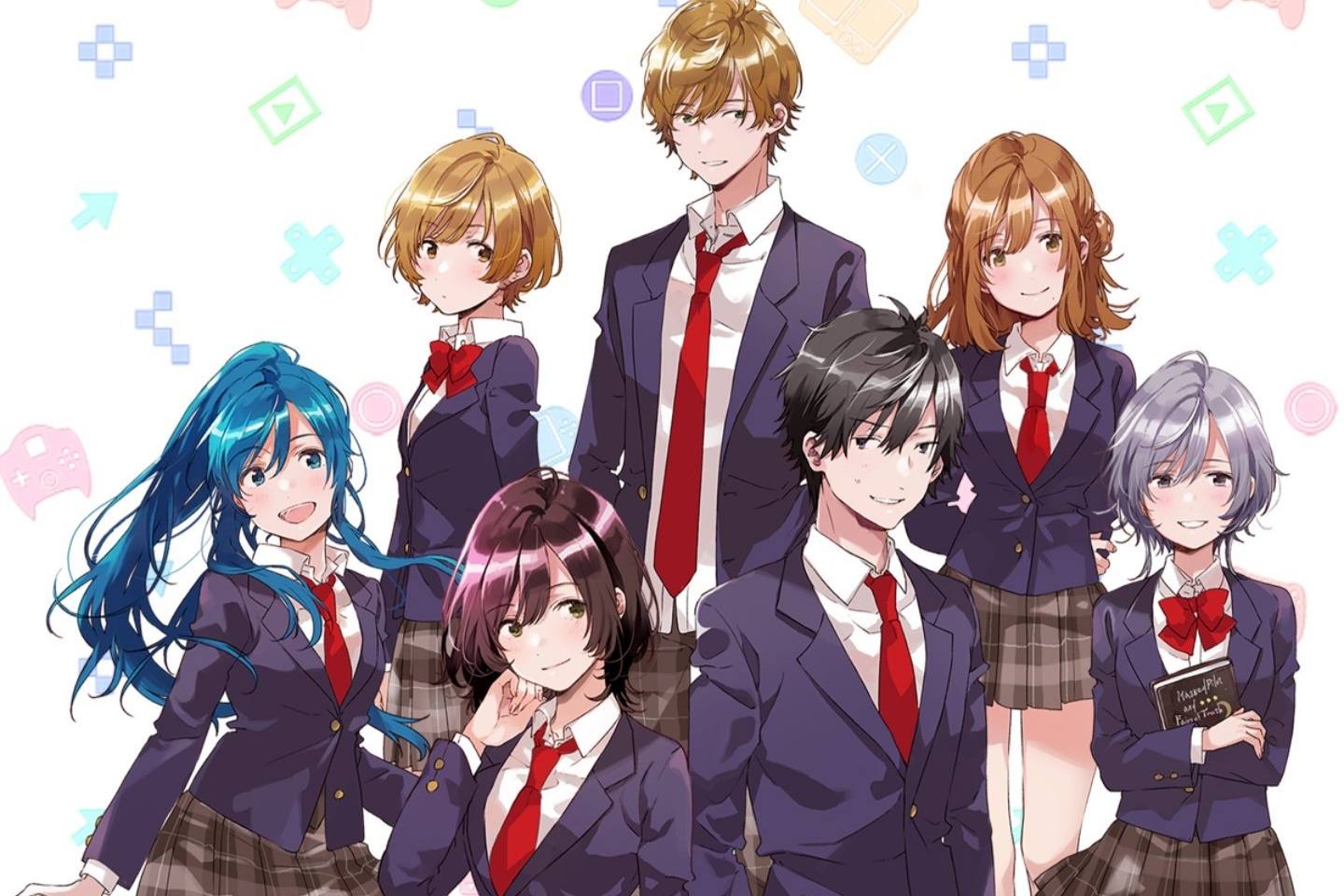
Bottom-Tier Character Tomozaki made its debut in 2021, introducing viewers to the introverted gamer Tomozaki and his unconventional mentor, Aoi, who sees life as a game to be mastered. The first season of the show offers a fun blend of slice-of-life and drama, focusing on the dynamic between these two intriguing yet somewhat flawed characters as Tomozaki undergoes personal growth with Aoi’s guidance.
In Season 2, the series takes a more serious turn as it dedicates several episodes to a bullying case unfolding in Tomozaki and Aoi’s class. Erika, feeling resentful after her crush starts dating someone else, directs her frustration towards Hanabi, an outspoken girl who struggles to connect with her peers.
As Hanabi’s aggressive reactions only worsen the situation, Tomozaki steps in to mentor her, helping her adjust her behavior in hopes of garnering support from their classmates.
Bottom-tier character Tomozaki handles this sensitive subject with commendable sensitivity, using the bullying arc to flesh out previously one-dimensional characters and look into their complexities. Hanabi emerges as a more likable and relatable figure, while Tomozaki continues to evolve, incorporating Aoi’s teachings into his own optimistic outlook on life.

Though the storyline may feel repetitive at times, it ultimately builds towards a satisfying conclusion, highlighting the importance of empathy, understanding, and personal growth in overcoming adversity.
Through its exploration of bullying and its aftermath, Bottom-Tier Character Tomozaki offers valuable insights into the human experience, emphasizing the transformative power of compassion and resilience.
“Bottom-Tier Character Tomozaki” (Japanese title: “Jaku-Chara Tomozaki-kun”) is a nice light novel series authored by Yūki Yaku, with illustrations by Fly. It has also been adapted into manga and anime formats.
This series has gained significant popularity for its unique take on the slice-of-life and coming-of-age genres, particularly focusing on personal growth, social dynamics, and the world of competitive gaming.

The story follows the life of Fumiya Tomozaki, a high school student who is considered a “bottom-tier” character in real life. He struggles with social interactions and views life through the lens of the popular competitive video game “Attack Families.”
In this game, Tomozaki is one of the top-ranked players under the alias “Nanashi.” However, he finds it challenging to apply his gaming success to his real-life interactions.
Tomozaki’s life takes a turn when he meets Aoi Hinami, the most popular girl in school. Hinami is not only beautiful but also excels in academics, sports, and social interactions effortlessly.
She offers Tomozaki lessons on how to “conquer the game of life” and improve his social skills. As Tomozaki begins to learn from Hinami, he gradually navigates the complexities of human relationships and self-discovery.

One of the standout aspects of “Bottom-Tier Character Tomozaki” is its exploration of personal growth and identity. Tomozaki’s journey from a socially awkward teenager to someone who understands and values interpersonal connections is compelling. The series goes into themes of self-improvement, friendship, and the importance of authenticity in relationships.
The characters in the series are well-developed and relatable. Tomozaki’s struggles resonate with many readers who might have experienced similar challenges in social settings. Hinami, despite her perfect exterior, also harbors her own insecurities and struggles. Their interactions and evolving relationships form the heart of the narrative.
Fly’s illustrations in the light novel and manga adaptations complement the story excellently, bringing the characters and their emotions to life. The anime adaptation further enhances the visual appeal of the series, with vibrant animation and voice acting that capture the nuances of each character.

“Bottom-Tier Character Tomozaki” has garnered positive reviews for its realistic portrayal of social issues faced by teenagers. Many readers praise its engaging storytelling and the depth of its characters. The series has resonated with a broad audience, from gamers to those interested in character-driven narratives.
If you enjoy stories that blend slice-of-life elements with gaming culture and thoughtful character development, “Bottom-Tier Character Tomozaki” is highly recommended. It offers a refreshing take on the genre, with relatable characters and themes that encourage introspection and growth.
Whether you’re a fan of light novels, manga, or anime, this series is worth exploring for its unique perspective on navigating the challenges of adolescence and self-discovery.

